Menu
- Harrods Headquarters
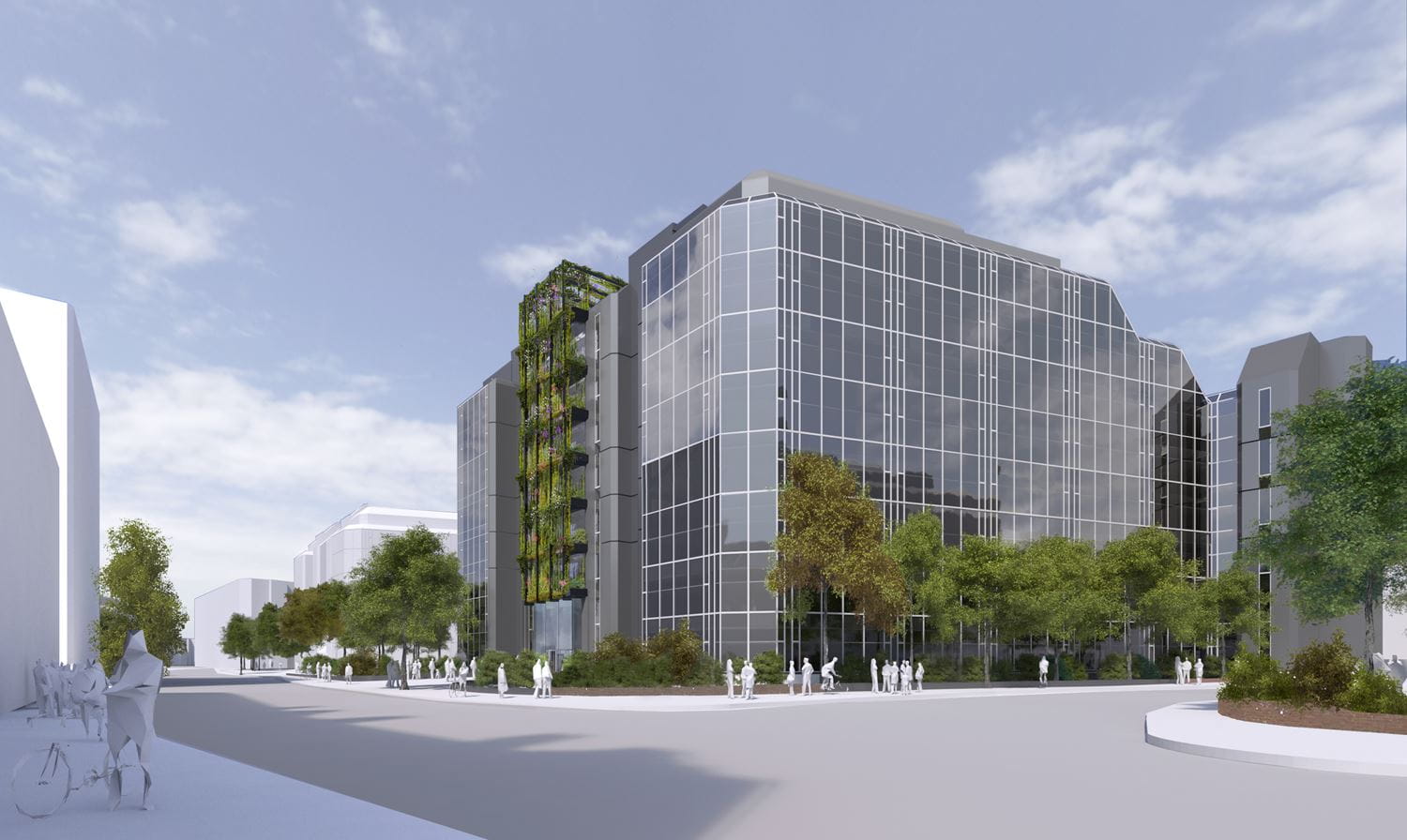

- Client
- Harrods Commercial Property
- Sector
- Planning & Development
- Location
- London Borough of Hammersmith & Fulham
- How we helped
- Financial viability Planning consultancy
Carter Jonas’ London planning team has obtained planning permission for a large-scale office extension to Harrods’ Headquarters in Hammersmith.
Harrods’ Headquarters is located at 68-72 Hammersmith Road and is the administrative heart of the world-famous Harrods brand, supporting its operations across the company and the Knightsbridge store.
The infill extension is over 30 metres in height and will provide them with an extra 6,000 sqm of office space, allowing Harrods to remain at the site and to grow its business. The extension was designed by award-winning architects, Make, and includes several features that embrace and enhance workplace wellbeing. The proposals include a new green trellis to the front and rear that transforms the building’s aesthetic whilst offering sustainability benefits.
Our planning professionals navigated a number of site constraints such as its close proximity to a number of conservation areas and the location of residential properties immediately to its rear. The application was GLA referable and involved extensive discussions with TfL regarding existing parking numbers and sustainable modes of travel.
Related services
At Carter Jonas, we recognise that achieving planning permission is more than just being policy compliant. It is about understanding a wider range of factors and applying them to reach a favourable outcome.
Our agency teams have vast experience across the UK of identifying opportunities to extract value from property development sites. We are well versed in both the acquisition and disposal of assets, advising on diverse portfolios of urban, rural and fringe development sites, whether they are greenfield, brownfield or a mix of both.
Throughout the UK, Carter Jonas works with public, private and corporate clients to deliver property development projects with the aim of ensuring the maximum returns on clients’ assets.
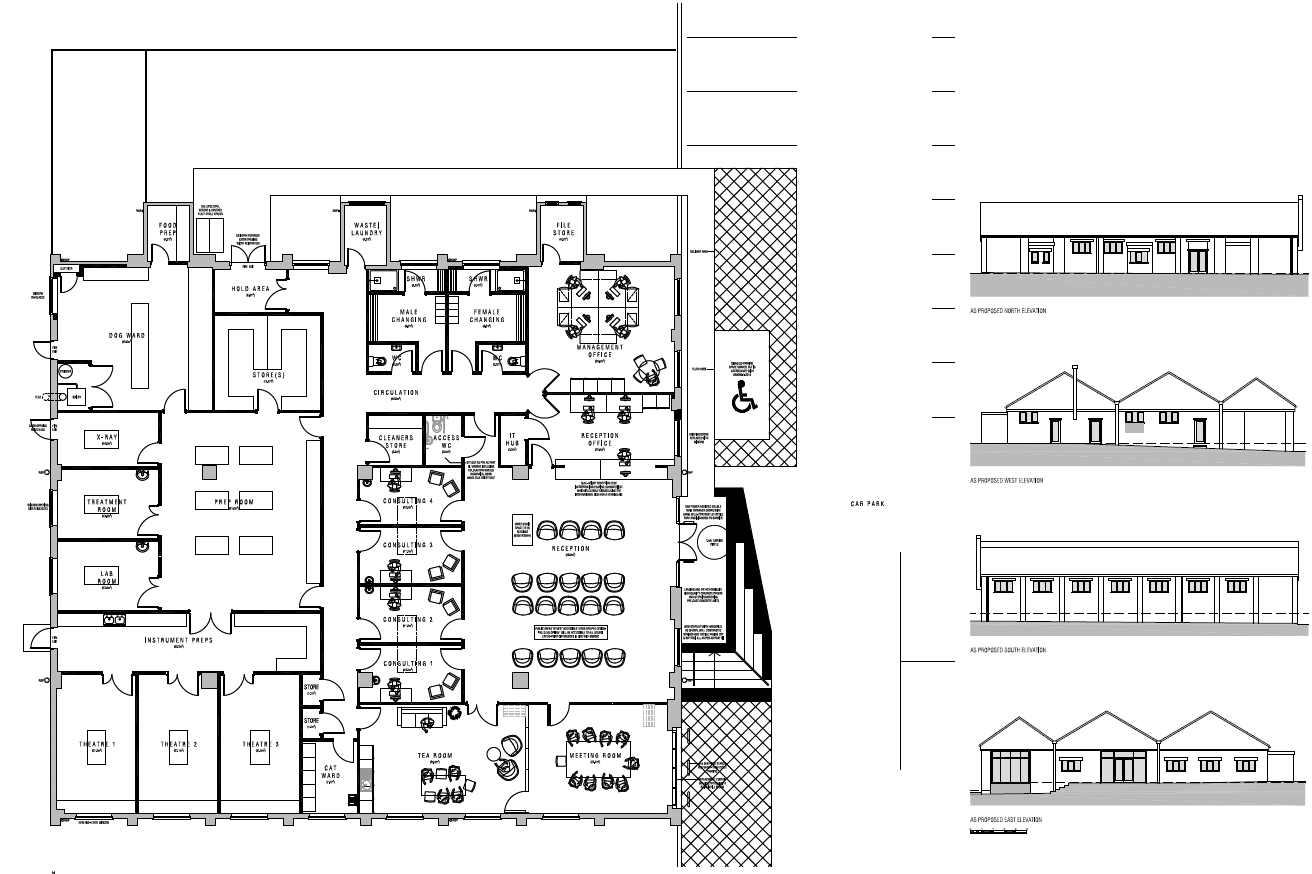
Specialist Orthopaedics
The Carter Jonas planning & development north team obtained planning consent for the change of use o...
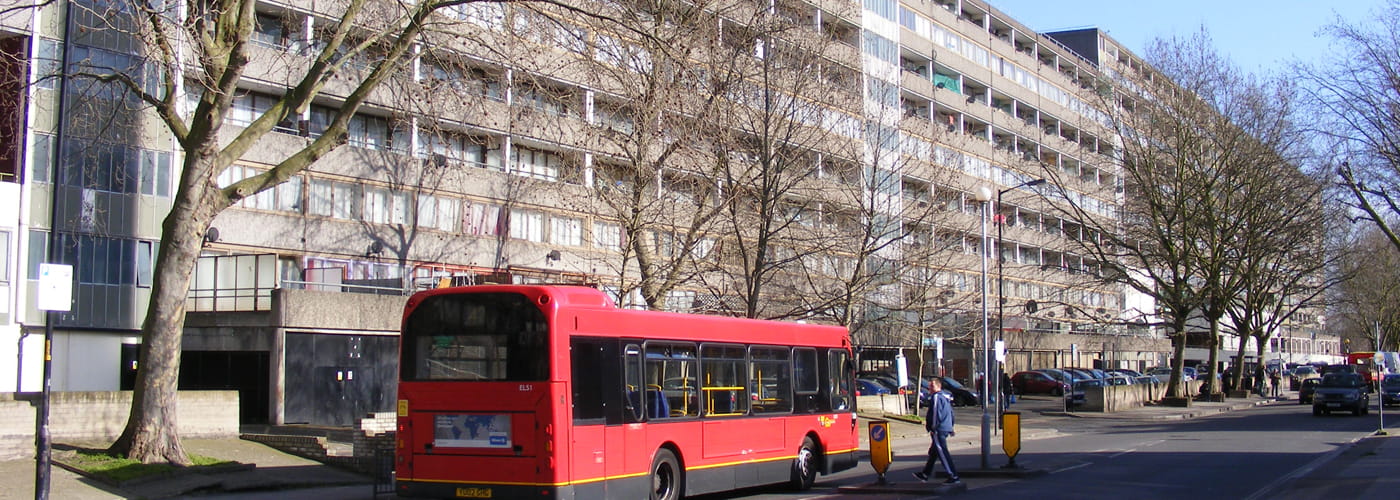
The Aylesbury Estate Regeneration Project
The Aylesbury Estate was built in the 1960’s and 1970’s and originally contained over 2,500 resident...
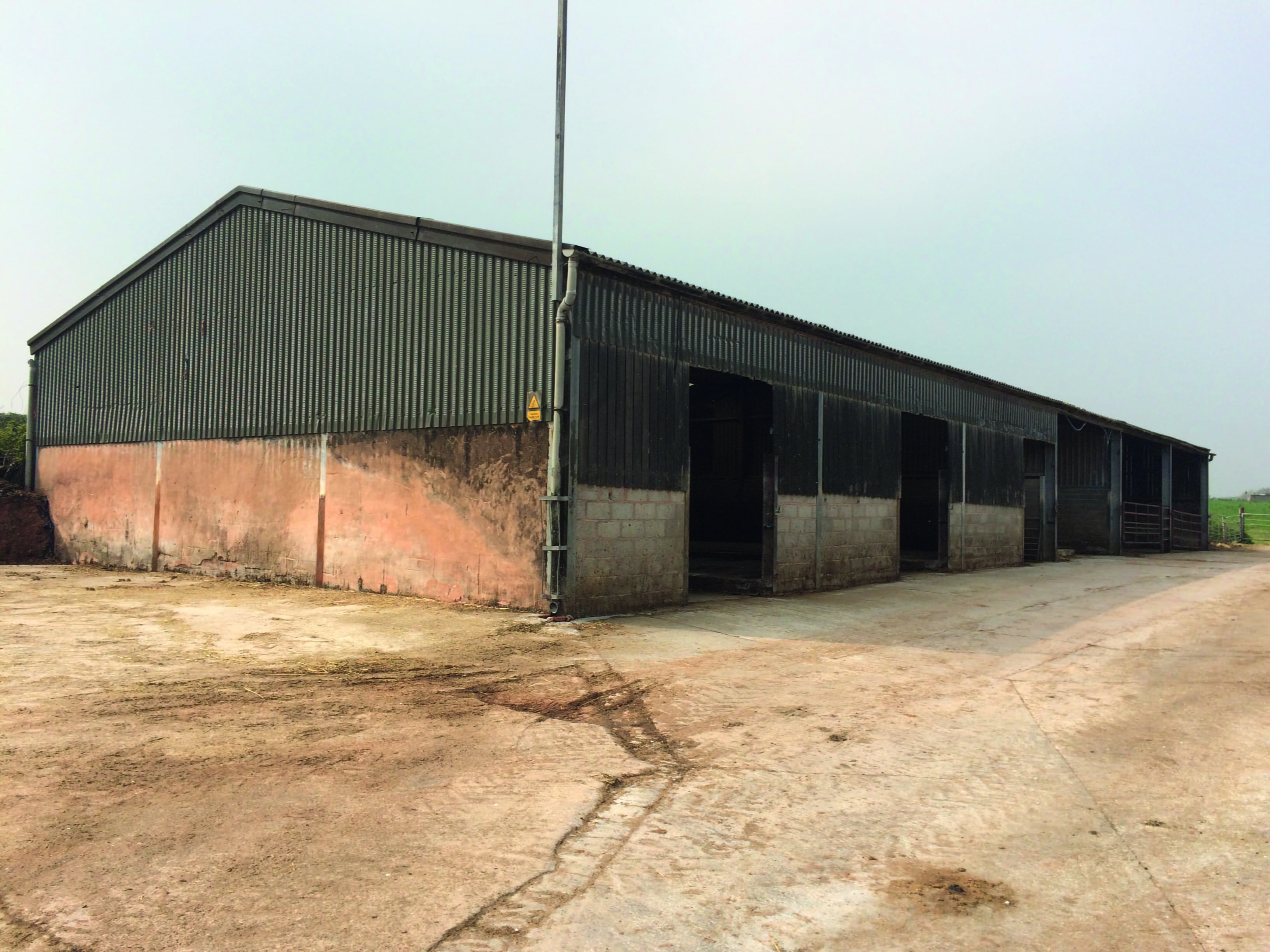
Approval secured under permitted development for barn conversion
Class Q approval secured for conversion of a modern agricultural barn to five-bedroom dwelling with ...
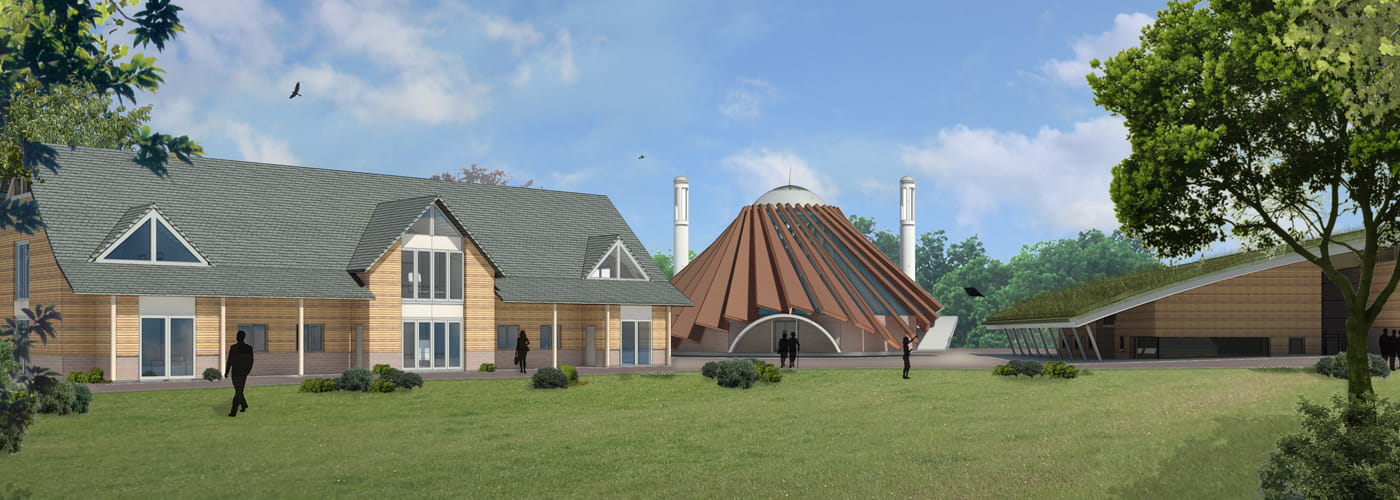
Islamabad Education Campus
The Islamabad site is 10.3 hectare in size and has been occupied by the Ahmadiyya Muslim Association...
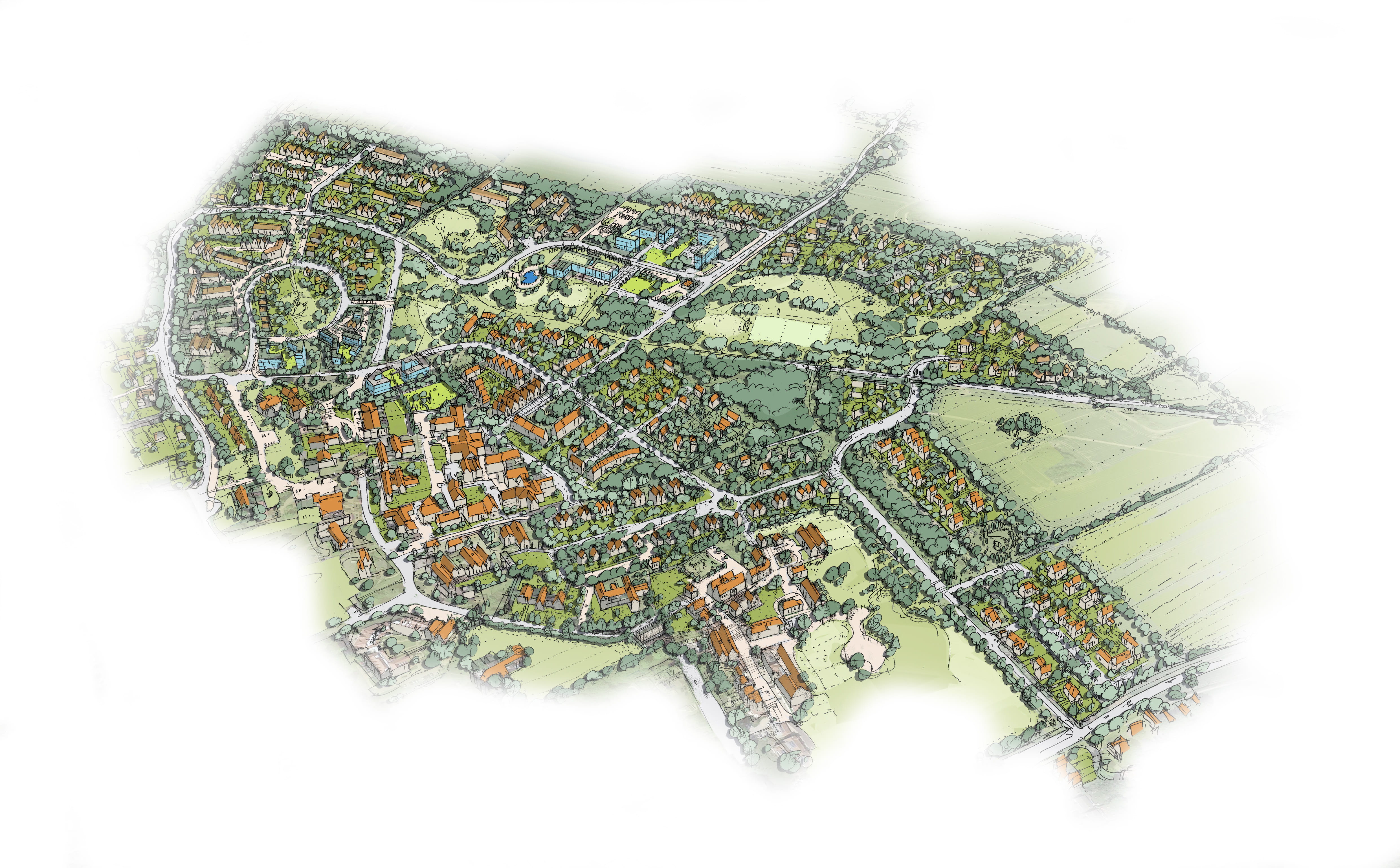
Chalfont St Peter, Aylesbury Vale
Our professionals developed indicative masterplan proposals for land northeast of Chalfont St Peter ...
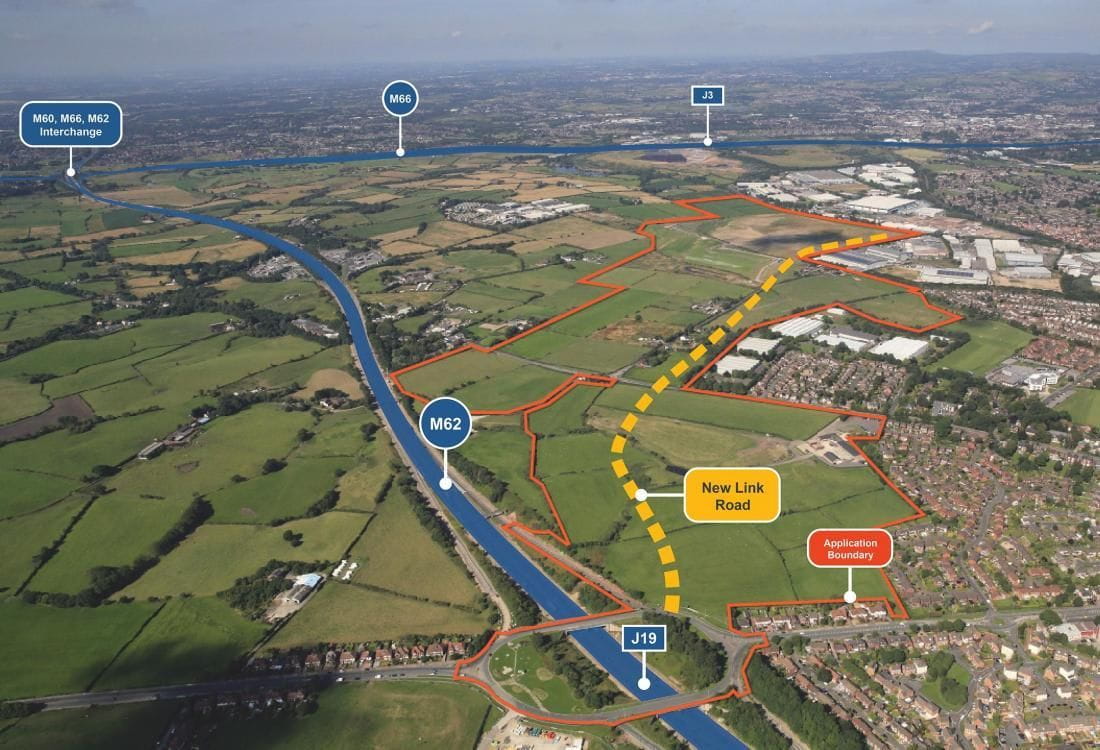
Russell Group secure Planning Permission
Russell Group secure Planning Permission for 1.45m sq ft commercial scheme and 1000 new homes
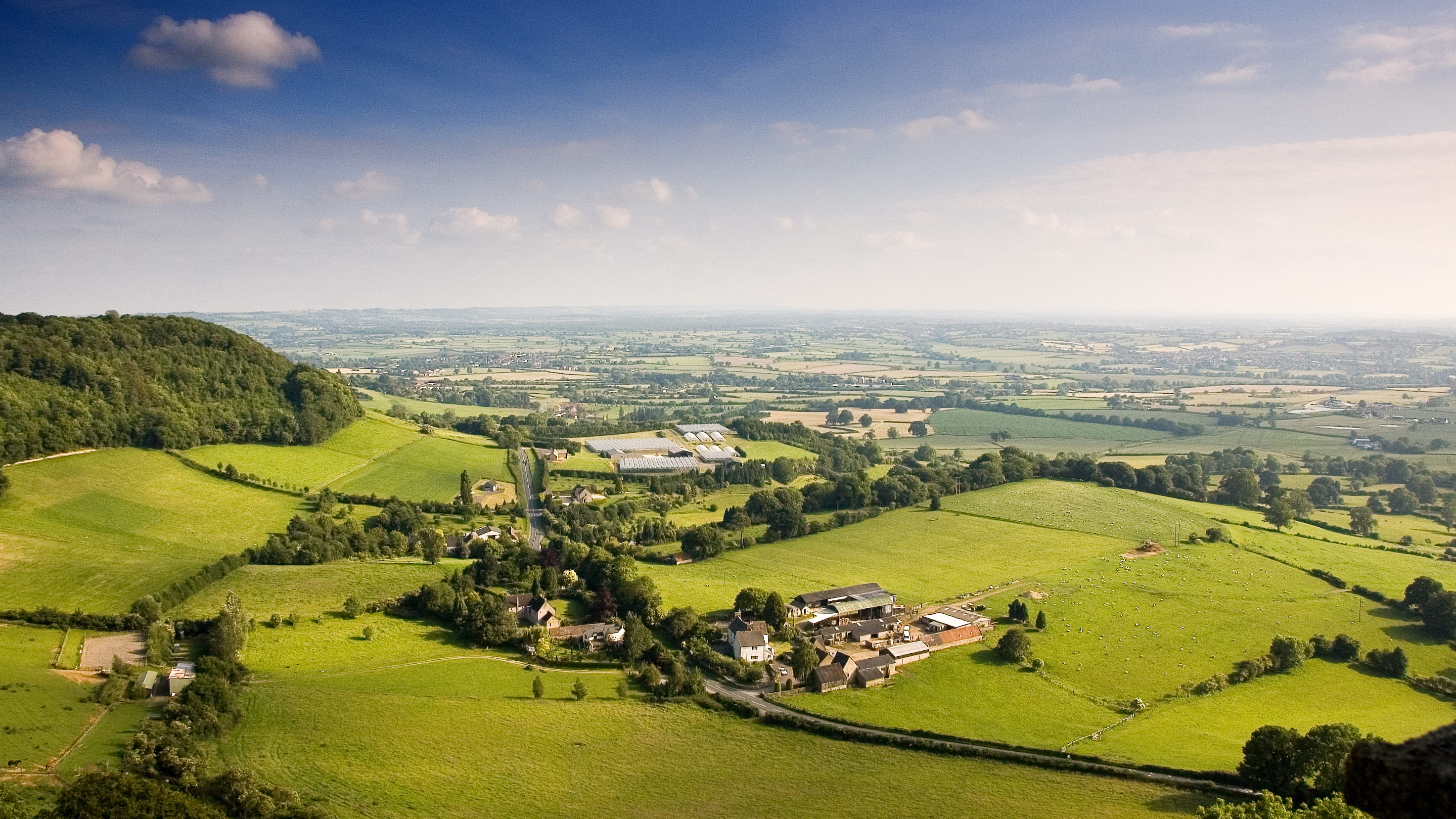
Development partner secured, Leeds
Our development professionals were instructed to identify a suitable development partner to take on ...

Discovery Special Academy
Our planning specialists secured temporary planning permission for a two year period for modular acc...

Development partner secured, Manchester
Acting on behalf of a private landowner who owns around 1,000 acres of land within Rochdale Bury, ou...

Land at Towton Avenue
Carter Jonas’ development professionals have sold a 1.65-acre development site at Towton Avenue, Yor...
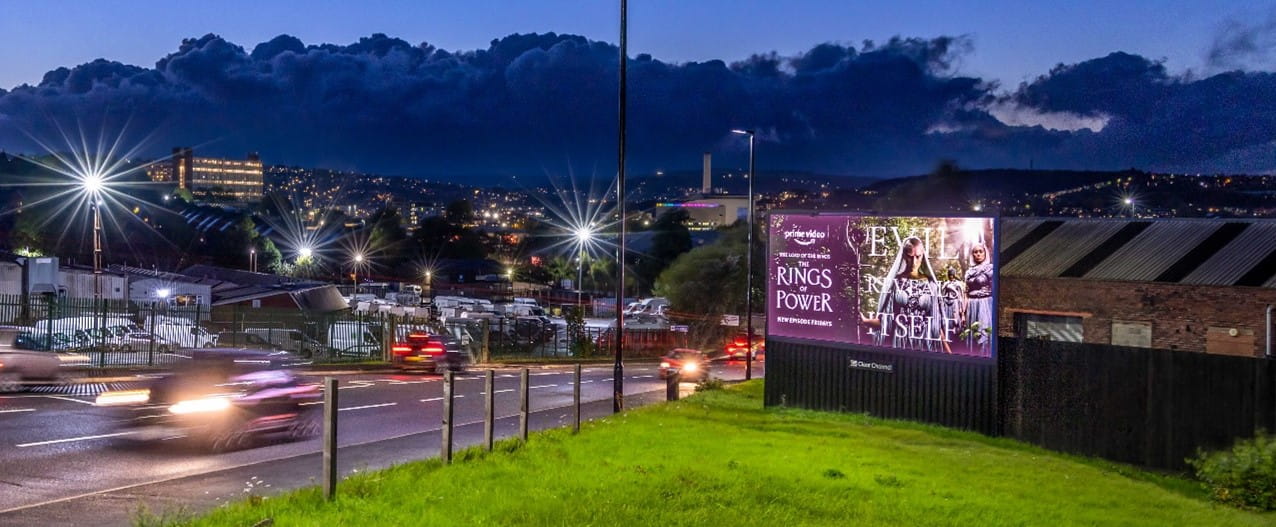
Wildstone Portfolio
The London Planning Team at Carter Jonas were appointed to assist in the management of a portfolio o...
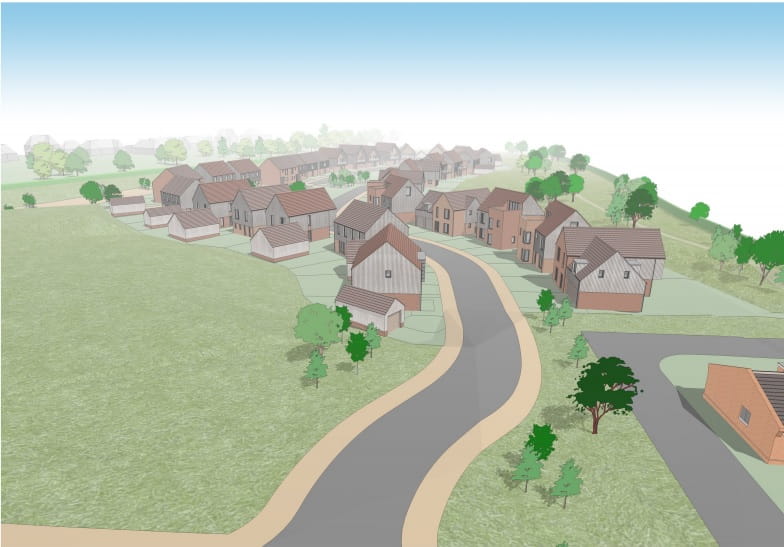
Environment Statement for former brickworks
The wider project involved the demolition of existing redundant stores, change of use of a builder’s...
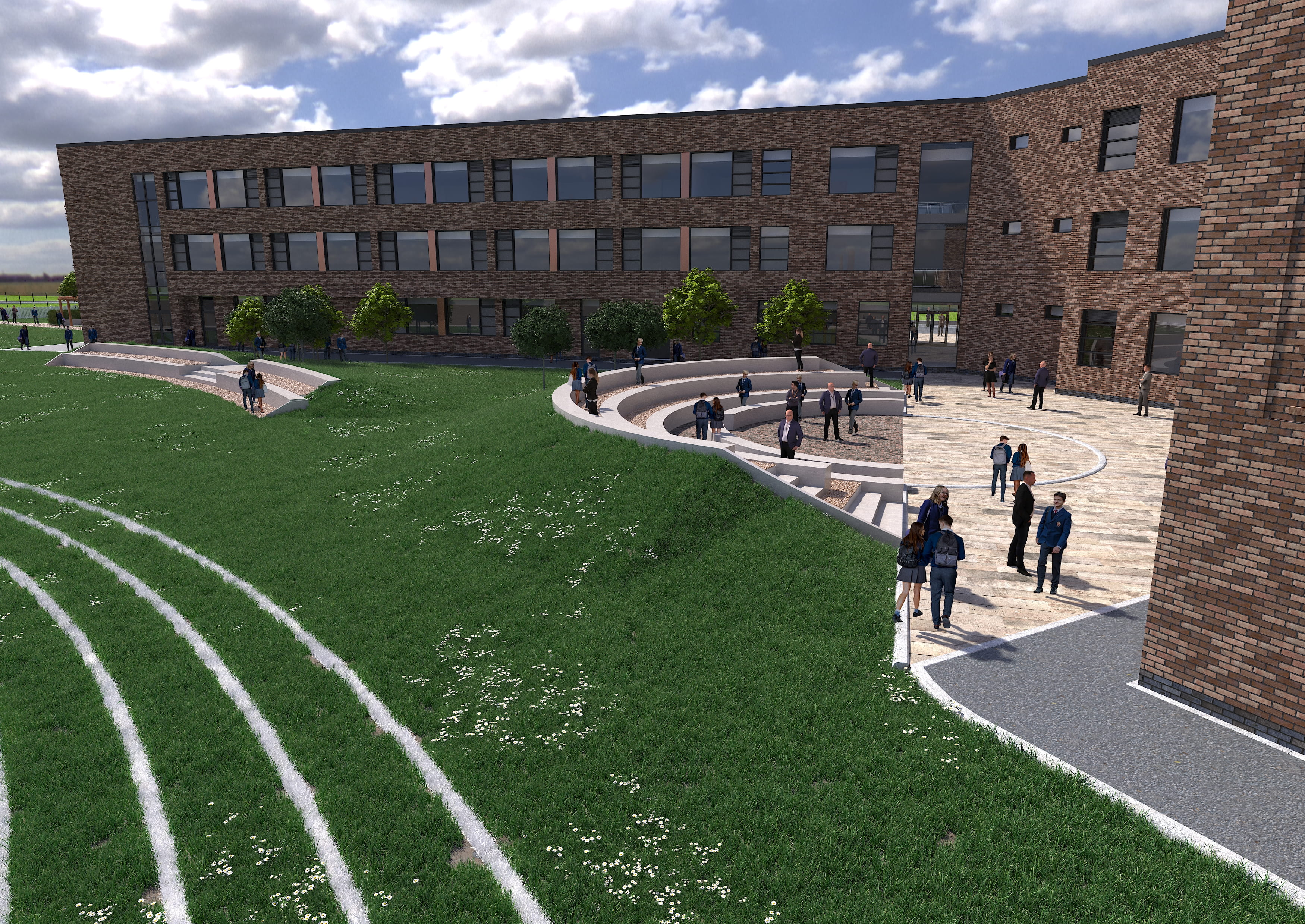
Heathside
Acting on behalf of the Department for Education and the ElmWey Learning Trust, we secured planning ...
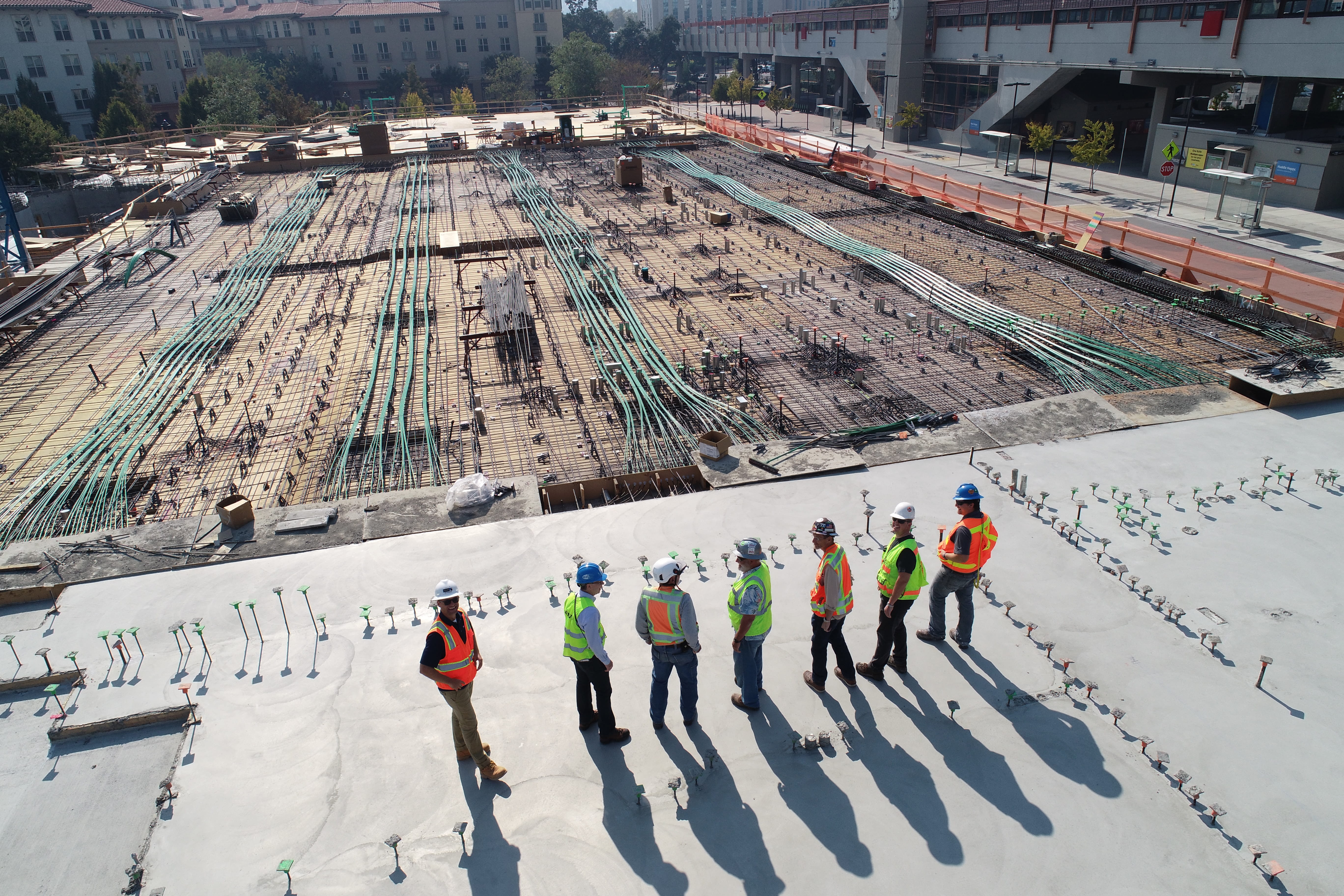
Change of use to secondary school
Our northern planning specialists secured approval for the temporary change of use of offices at Rus...
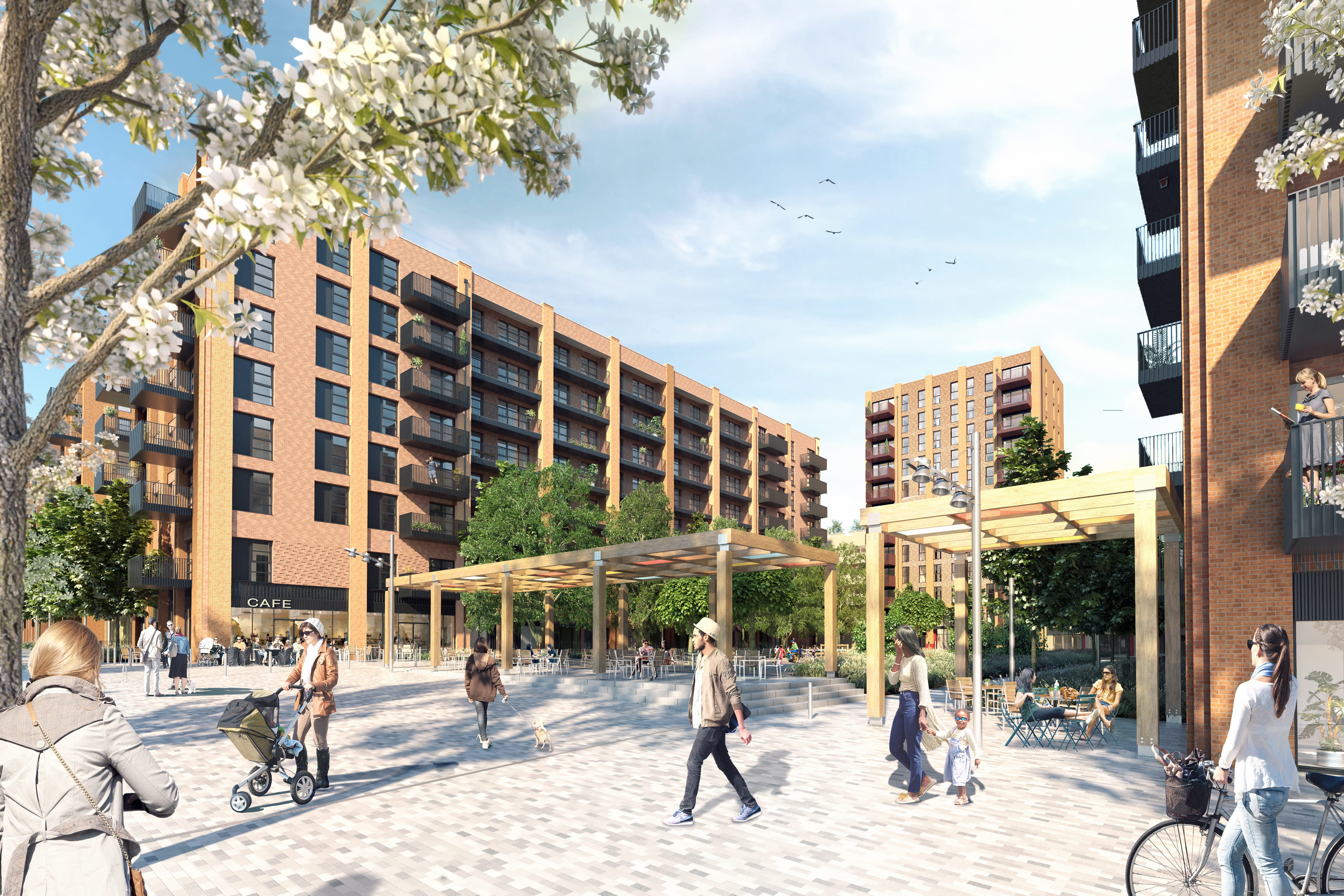
Aperture Works
Carter Jonas has successfully secured reserved matters and detailed planning permission for Harrow V...
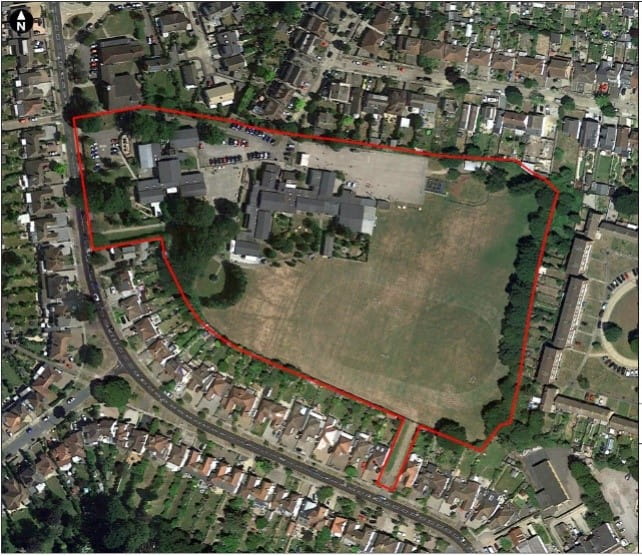
Surplus Land Pilot Study
We are currently advising Homes England and Locat-Ed, the Department for Education’s property compan...
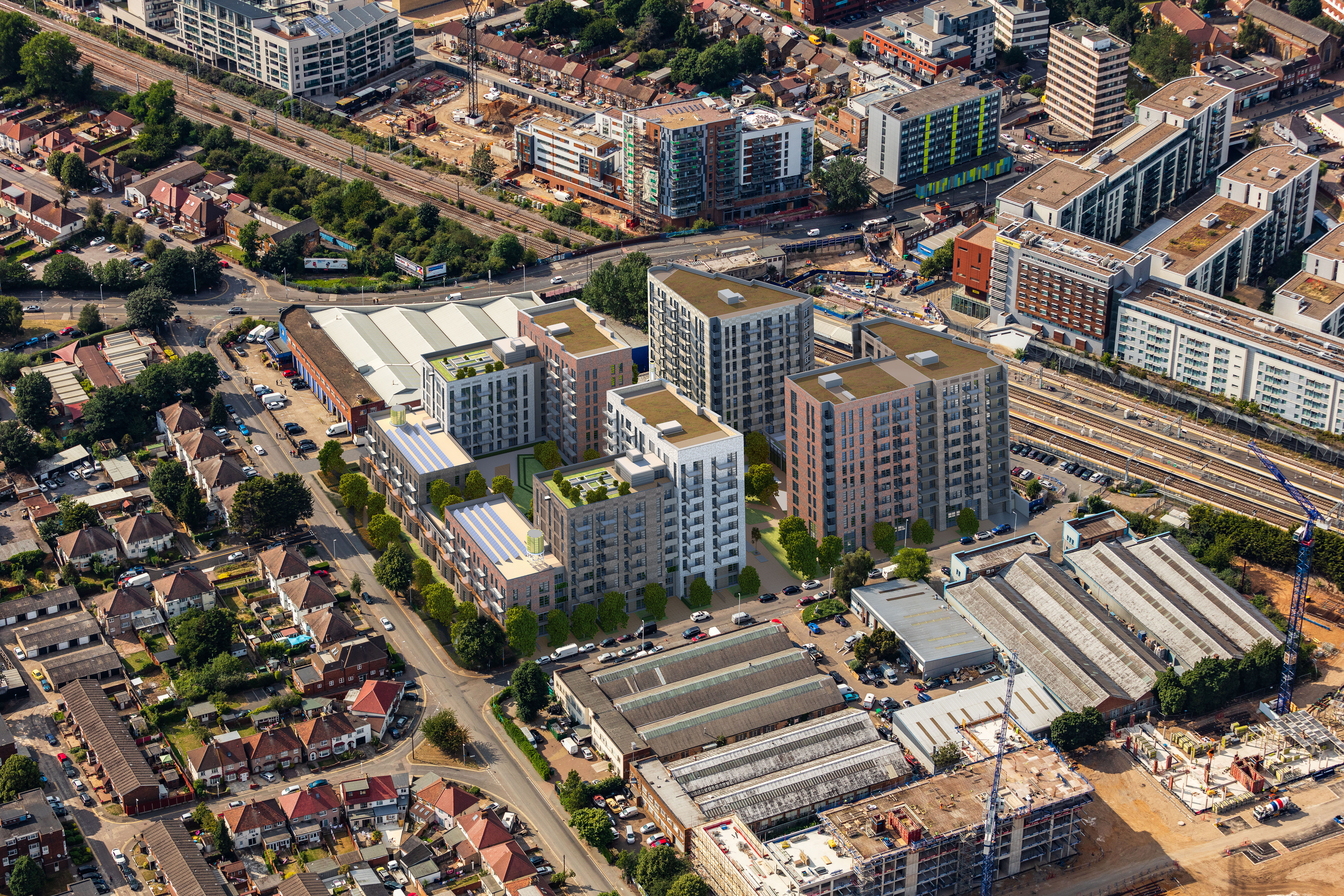
Nestles Avenue
Carter Jonas was involved in advising Buccleuch Property on a mixed-use redevelopment scheme on Nest...
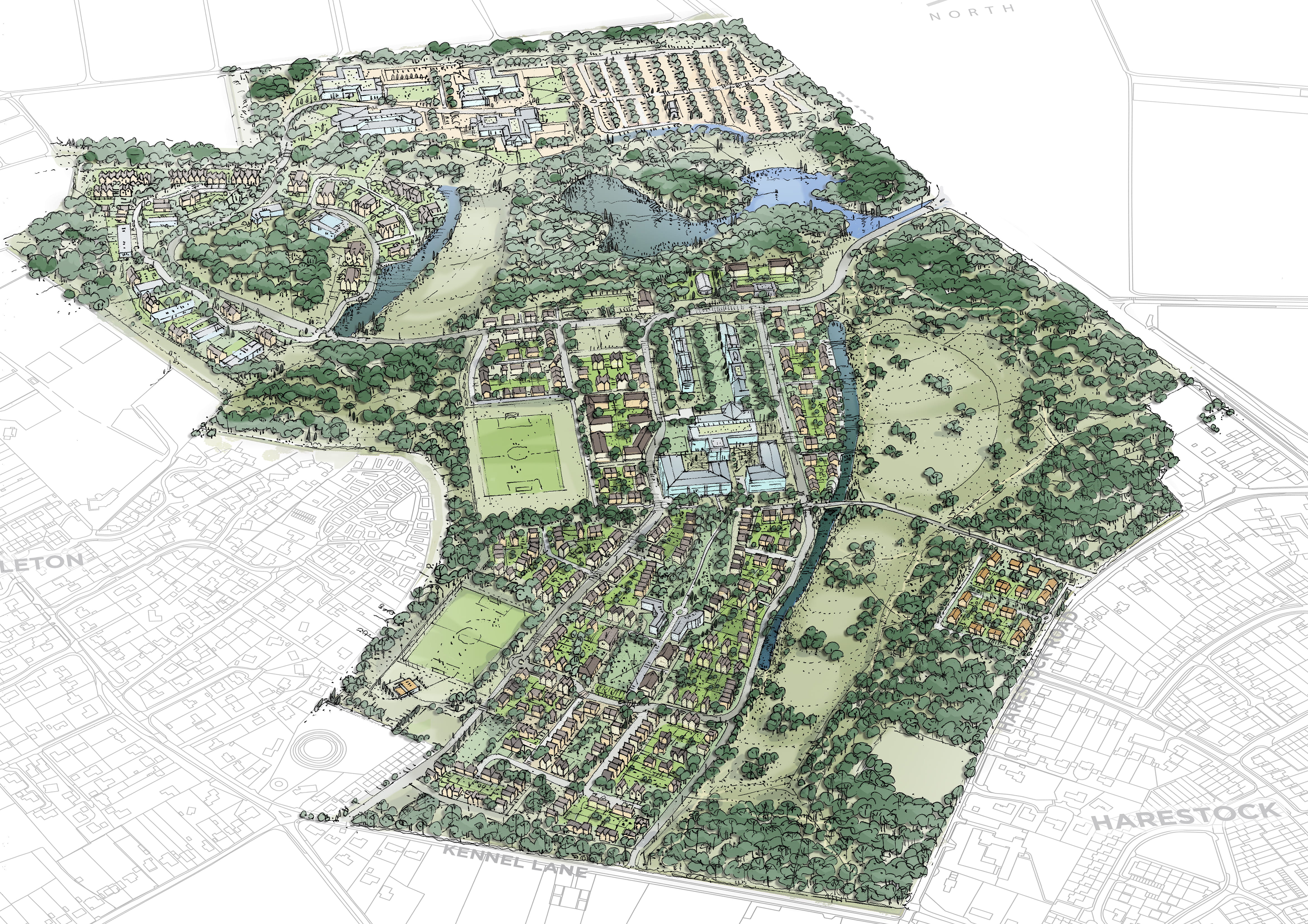
Sir John Moore Barracks
Sir John Moore Barracks is the home of the Army Training Regiment and dates from 1986, but the site ...
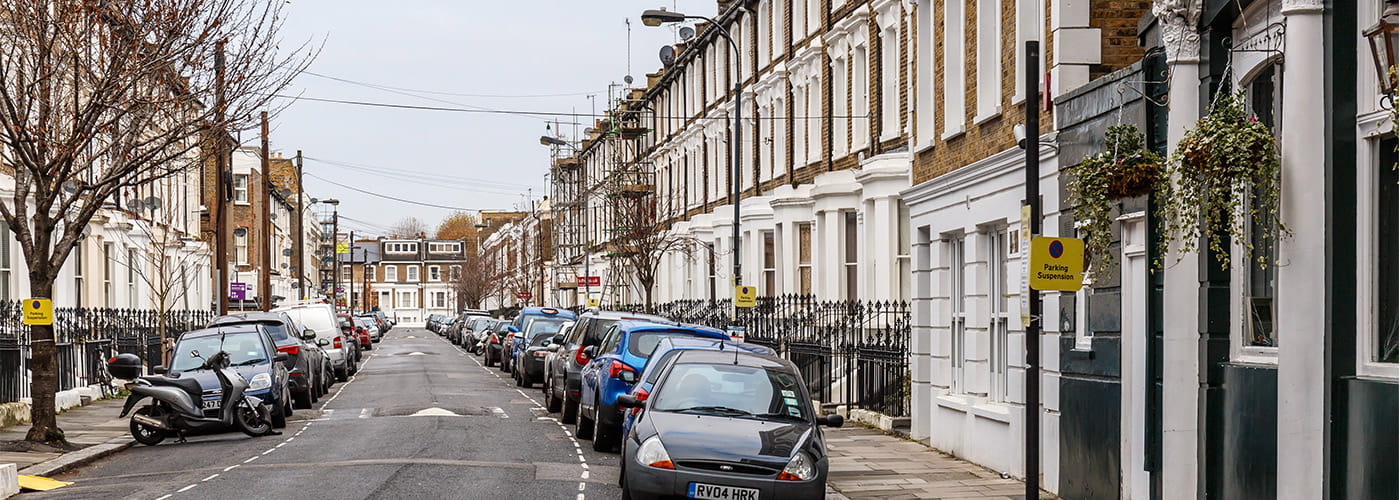
Viability of a proposed scheme
We advised the London Borough of Hammersmith & Fulham on the viability of a proposed residential sch...

Development land in Harrogate
Carter Jonas’ development professionals have sold a 5.17-acre development site at Whinney Lane in Ha...
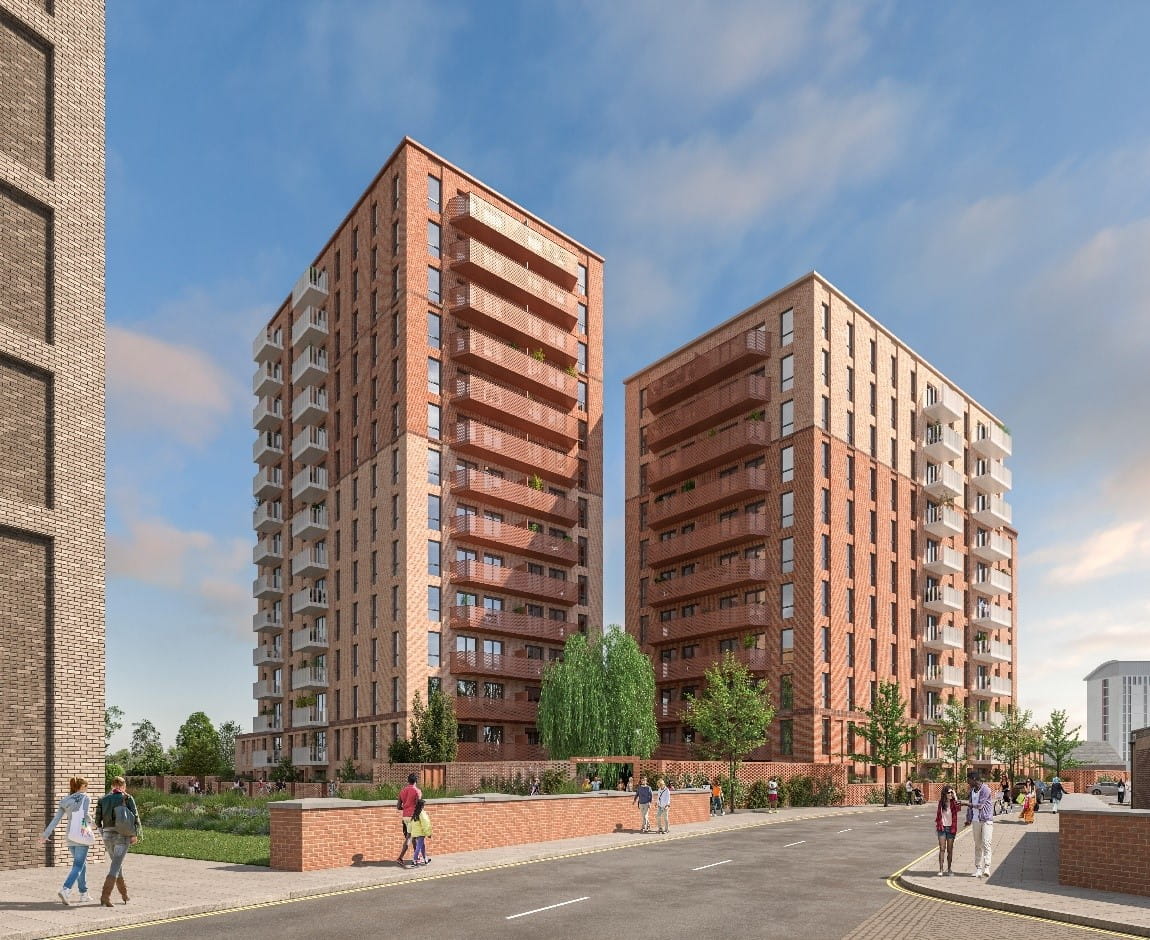
New road triangle, Feltham – planning success
Carter Jonas have recently secured planning permission for the redevelopment of the land known as Ne...
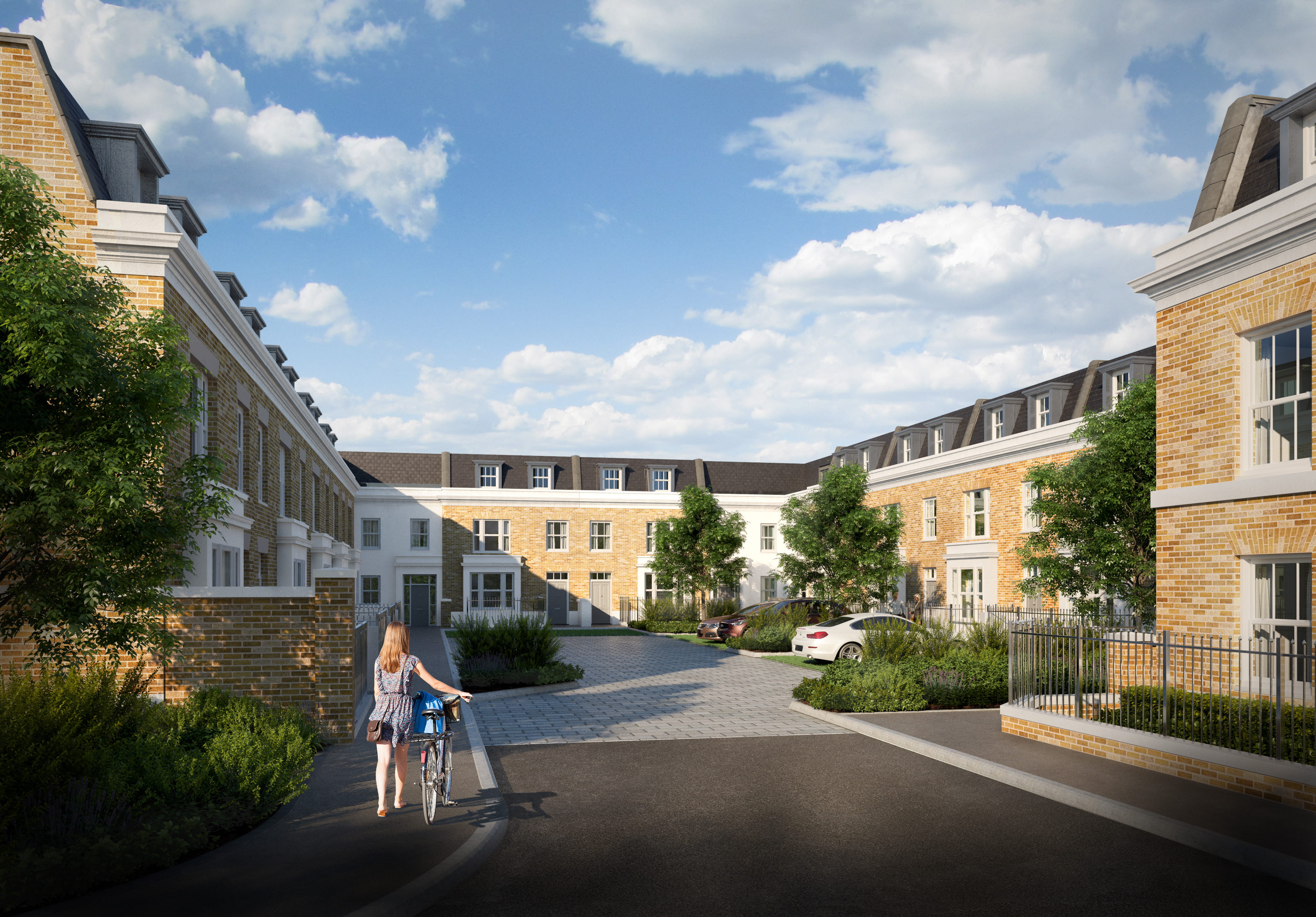
Balham Bowls Club
The Carter Jonas London planning team have secured planning permission for 12 new town houses and 16...
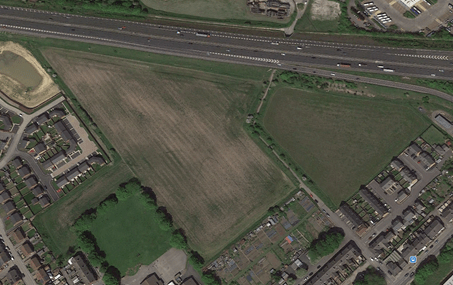
Mill Lane, Normanton
On behalf of the landowners, our planning professionals based in the north of England secured outlin...
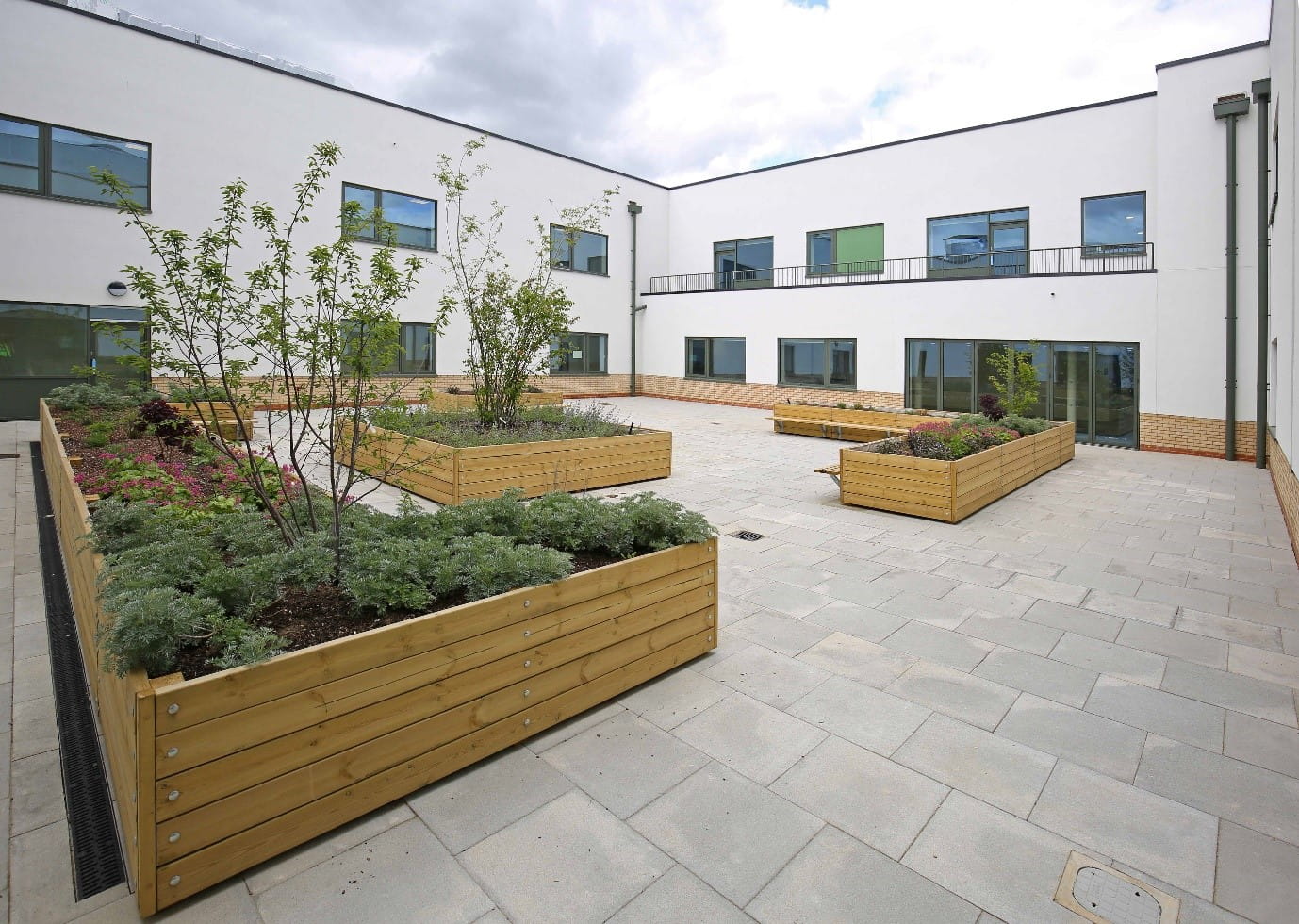
Cleeve Park
Working with the London Borough of Bexley (LBB) and the Kemnal Academies Trust, we secured planning ...
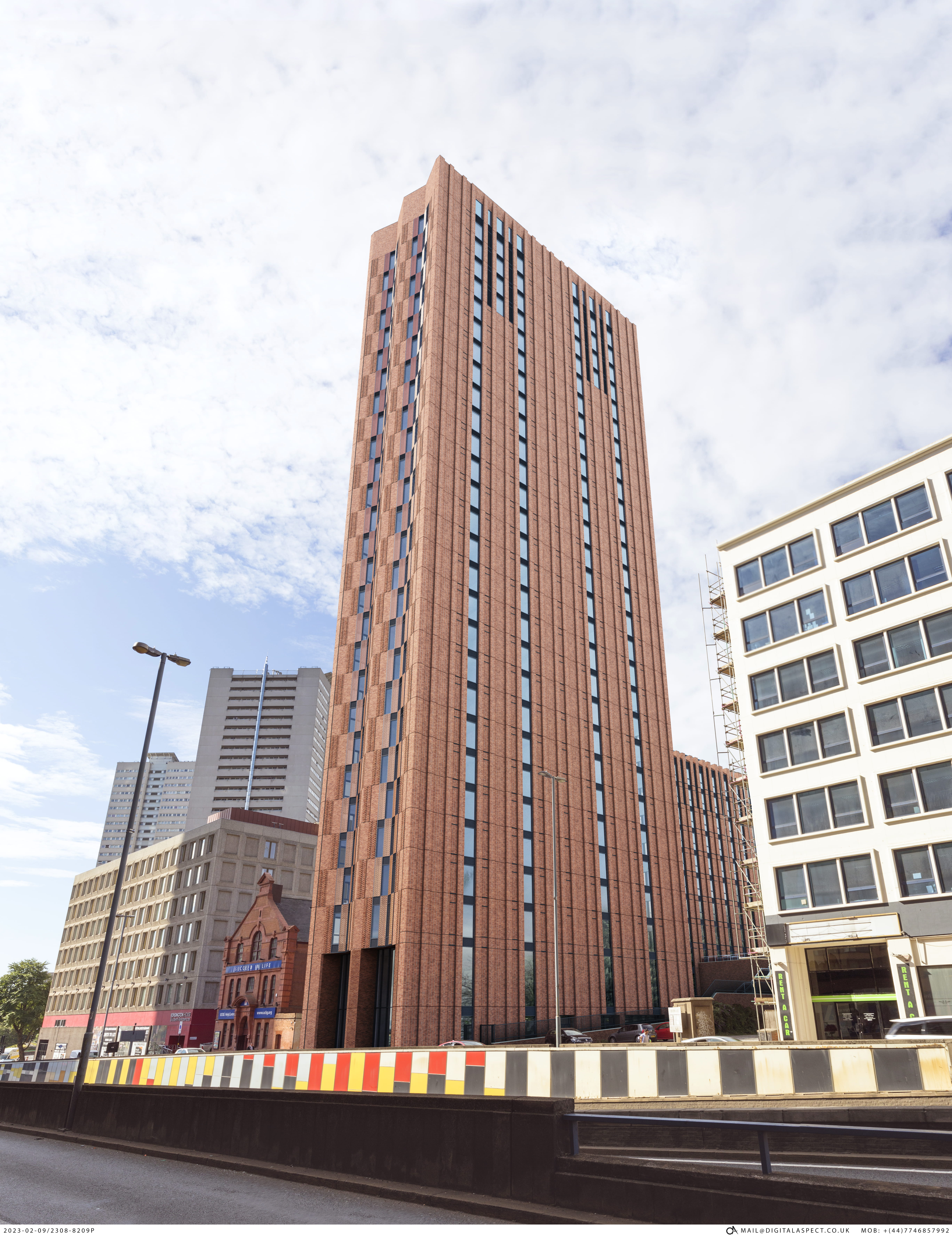
Land at Gough Street
Our Planning and Development Team secured detailed planning permission for 540 units of purpose-buil...
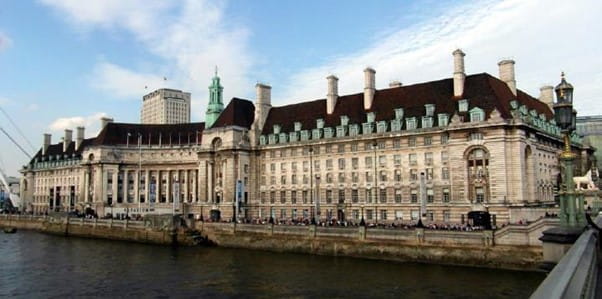
County Hall - Heritage and Sustainability
Carter Jonas were appointed by Sustainable Ventures to provide planning advice for the refurbishment...

Beaverbrook Golf Course
The delivery of this exemplary project was due to many years of hard work by a committed and enthusi...
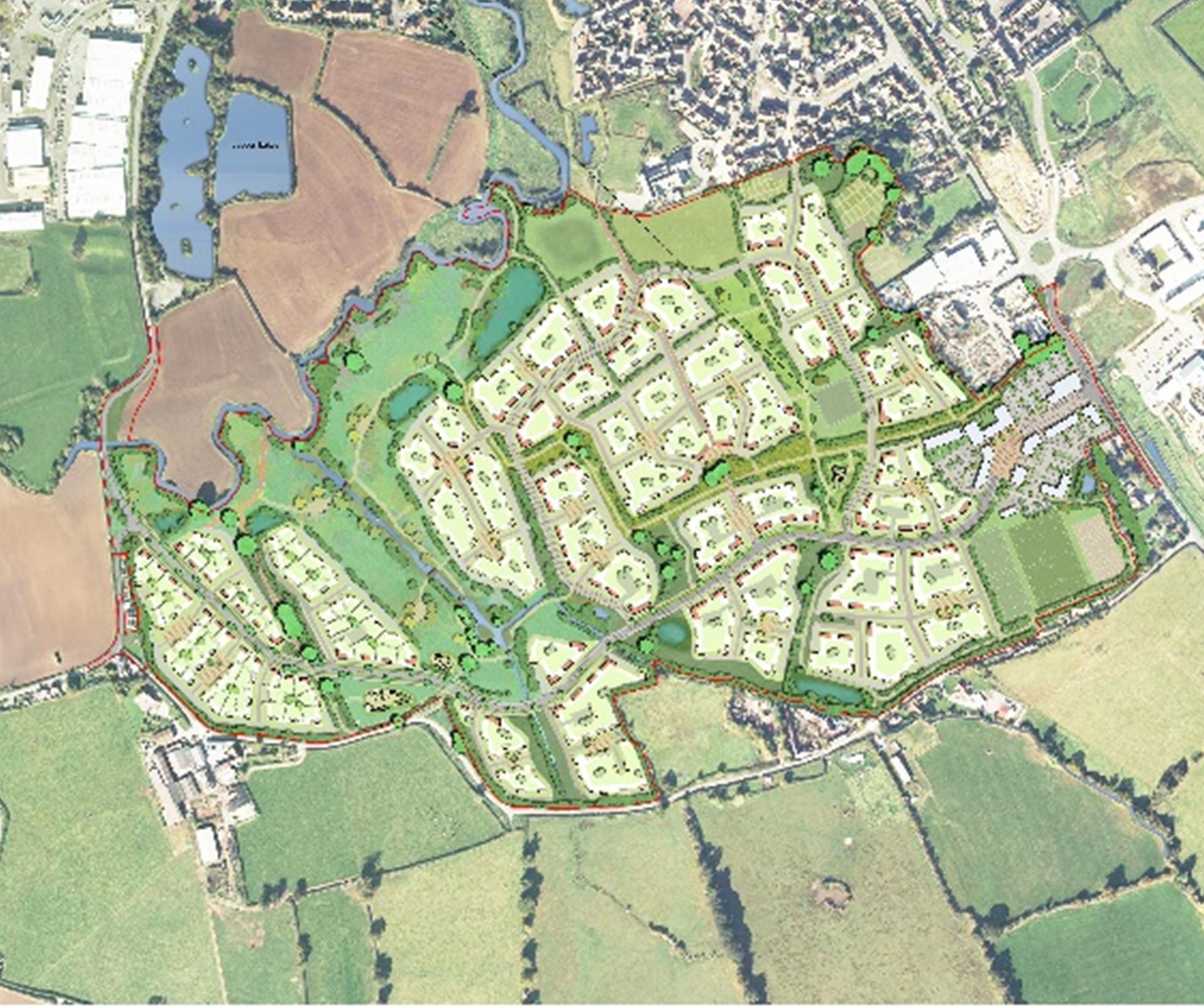
Multi-development opportunities in Gillingham
Carter Jonas acted for a private landowner in respect of a strategic development scheme comprising a...
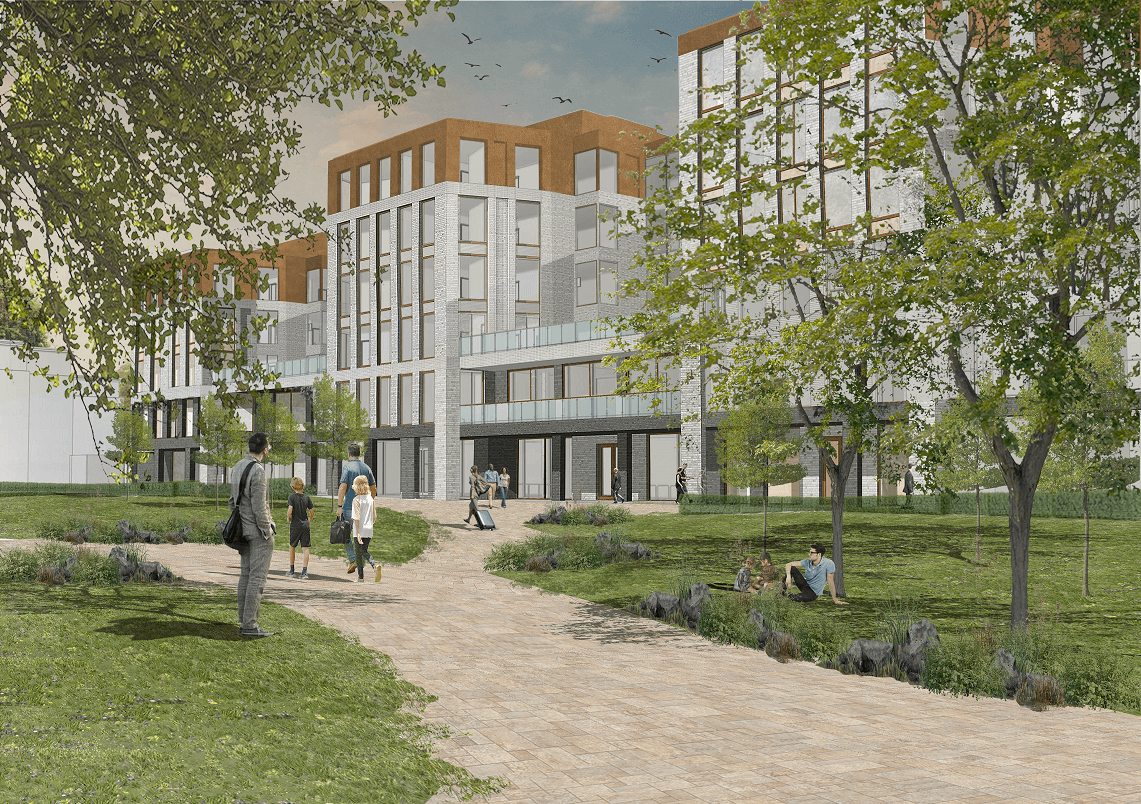
Hotel and Apart-Hotel
Carter Jonas has achieved planning permission for a new hotel and apart-hotel to the north of Cambri...
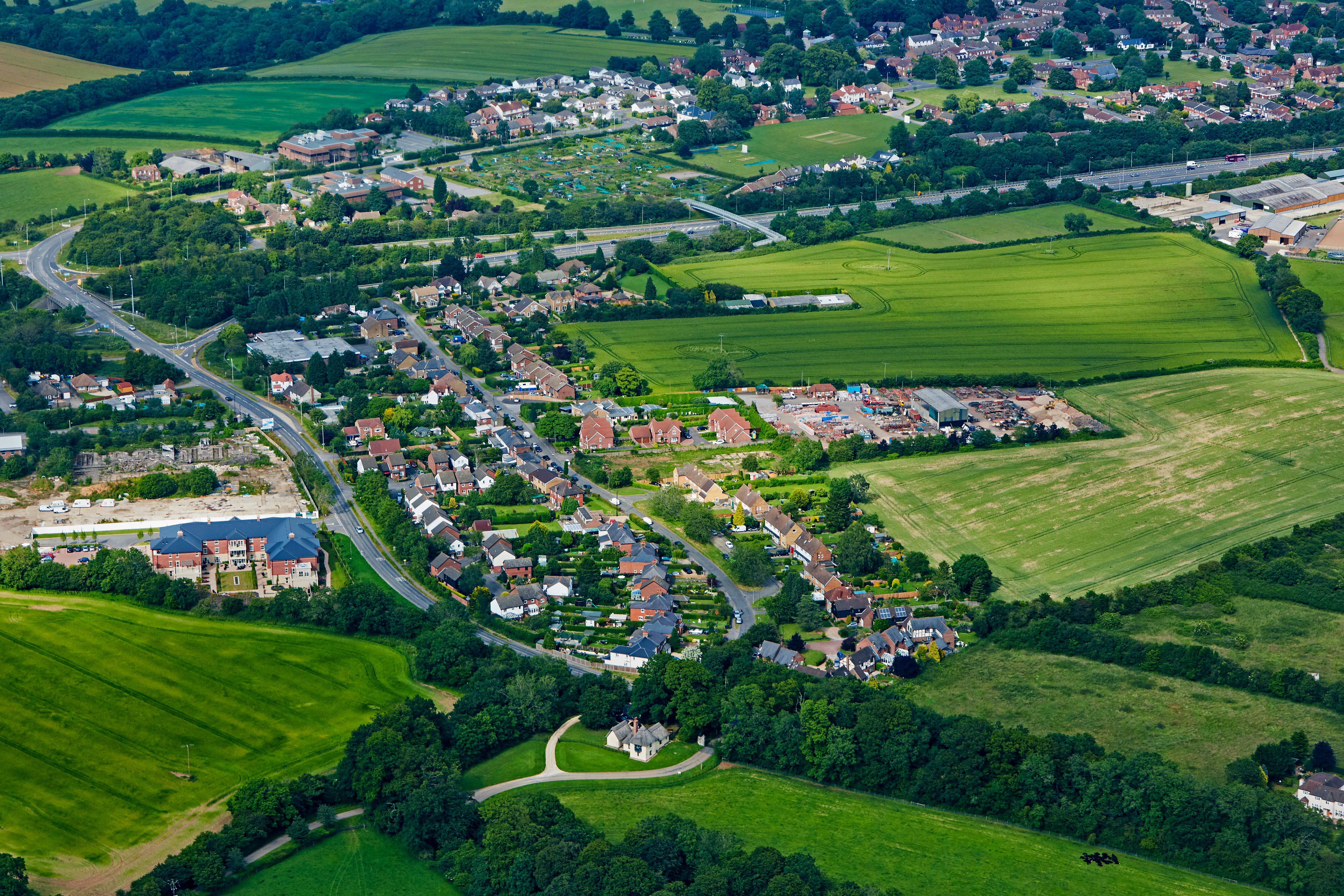
North Abingdon, Oxfordshire
Acting for a charity, Carter Jonas identified the potential for development of the client’s Greenbel...
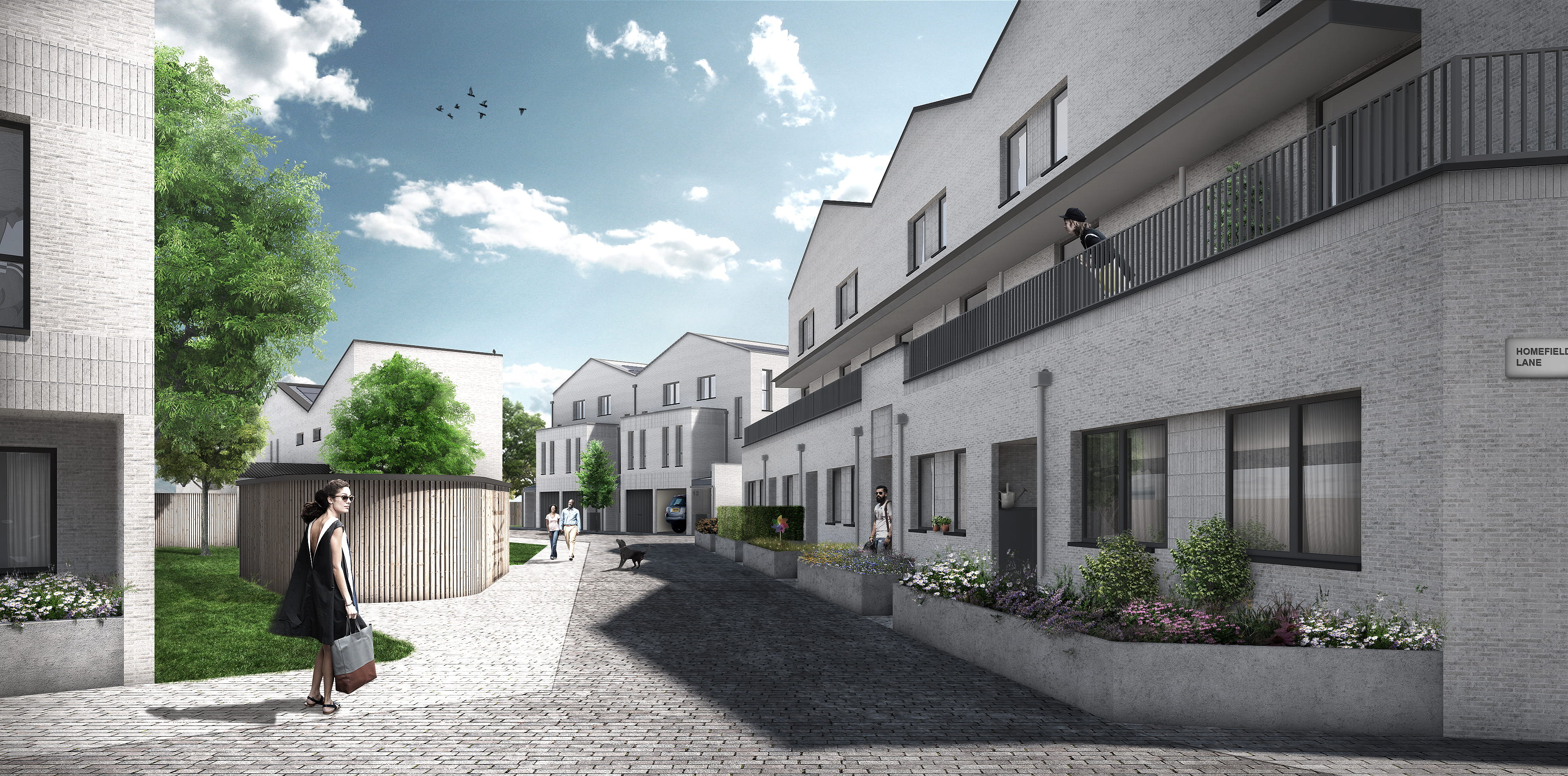
Brick By Brick Small Sites Portfolio
Carter Jonas is advising a Croydon Council backed development company on a 70-site residential portf...
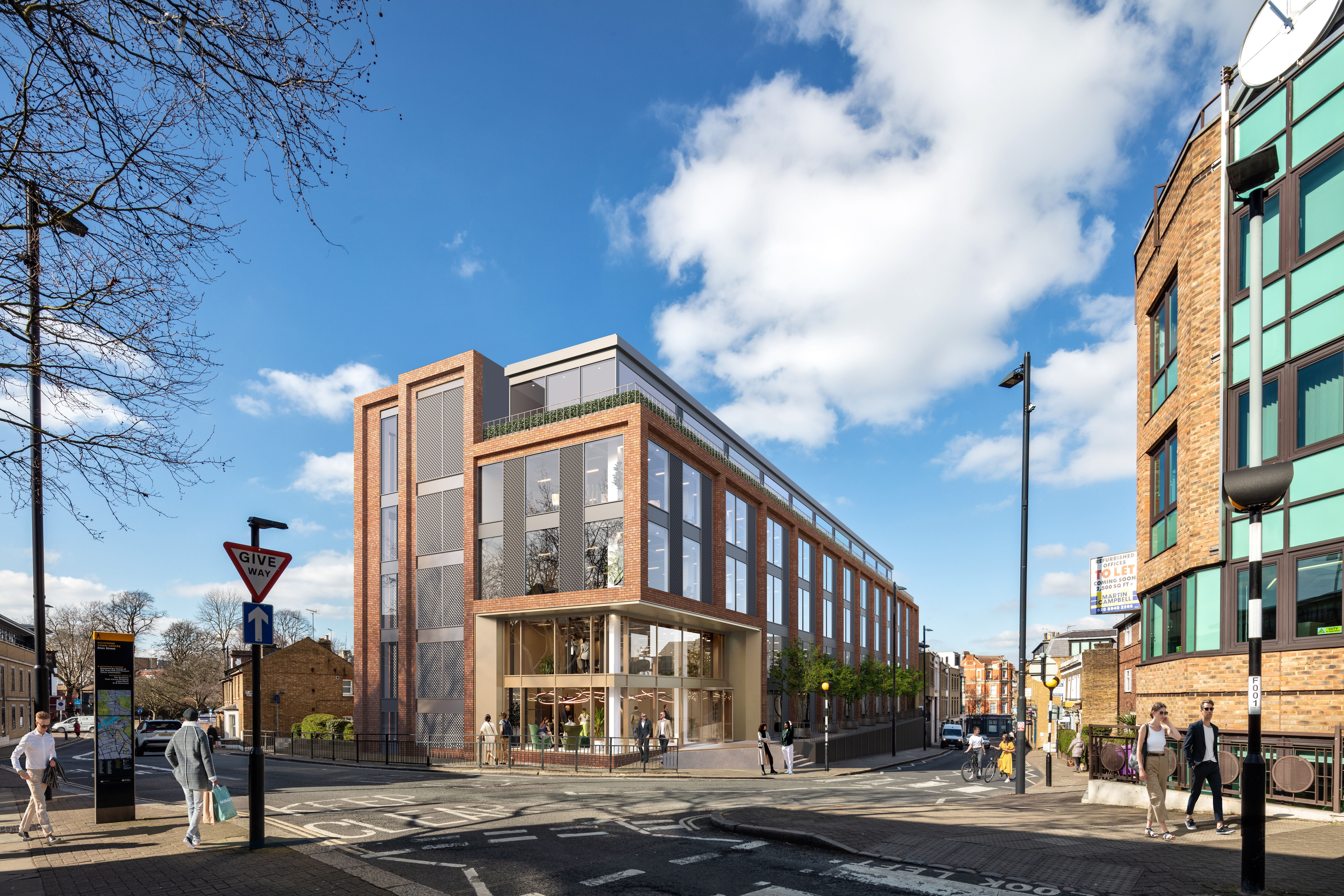
Barwood Capital, Richmond
Plans for a newly refurbished, Grade A office building in Richmond have been given the green light, ...
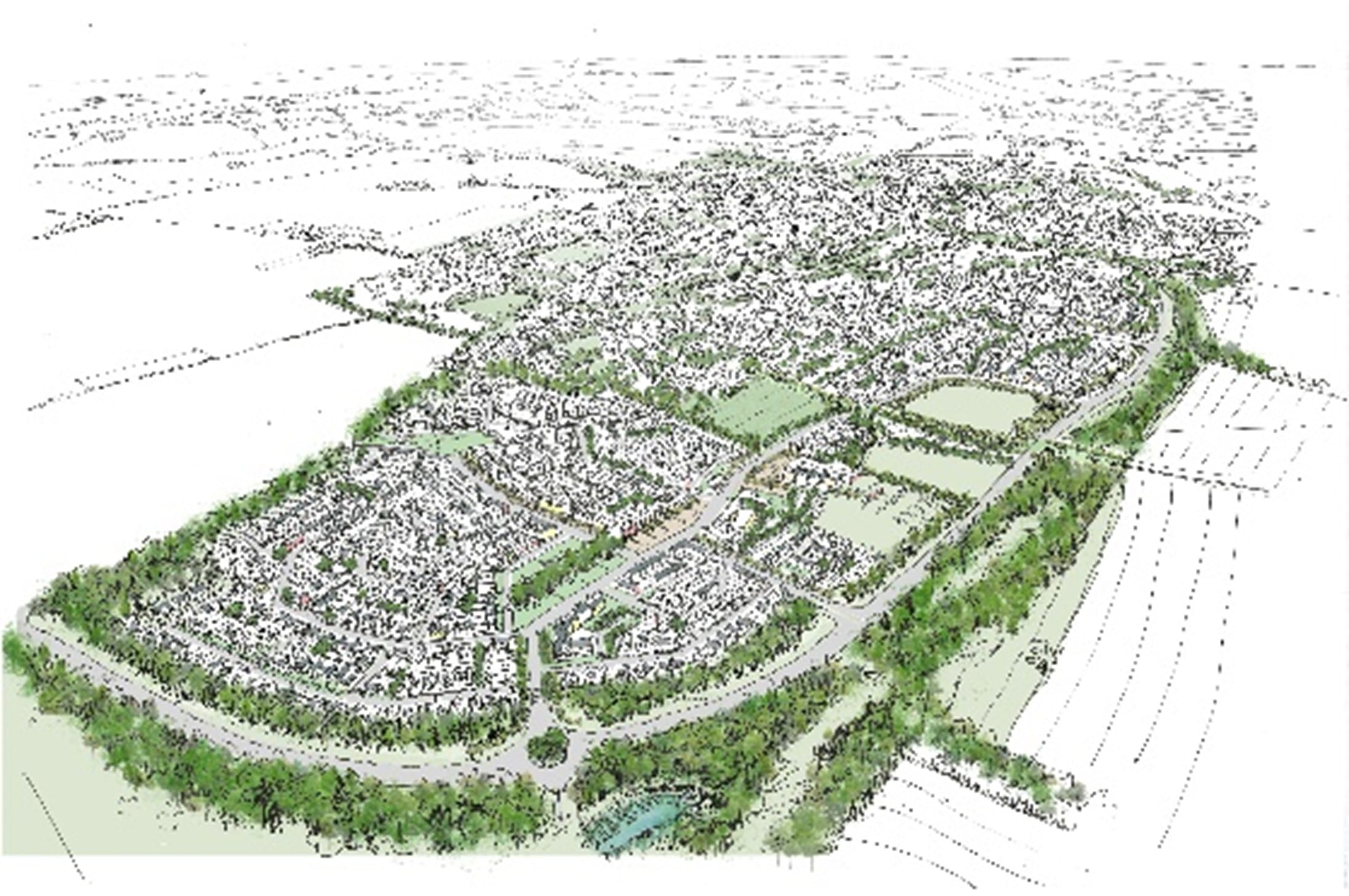
Strategic development scheme in Wantage
Carter Jonas brought two farming families together at Wantage to promote a strategic development sch...
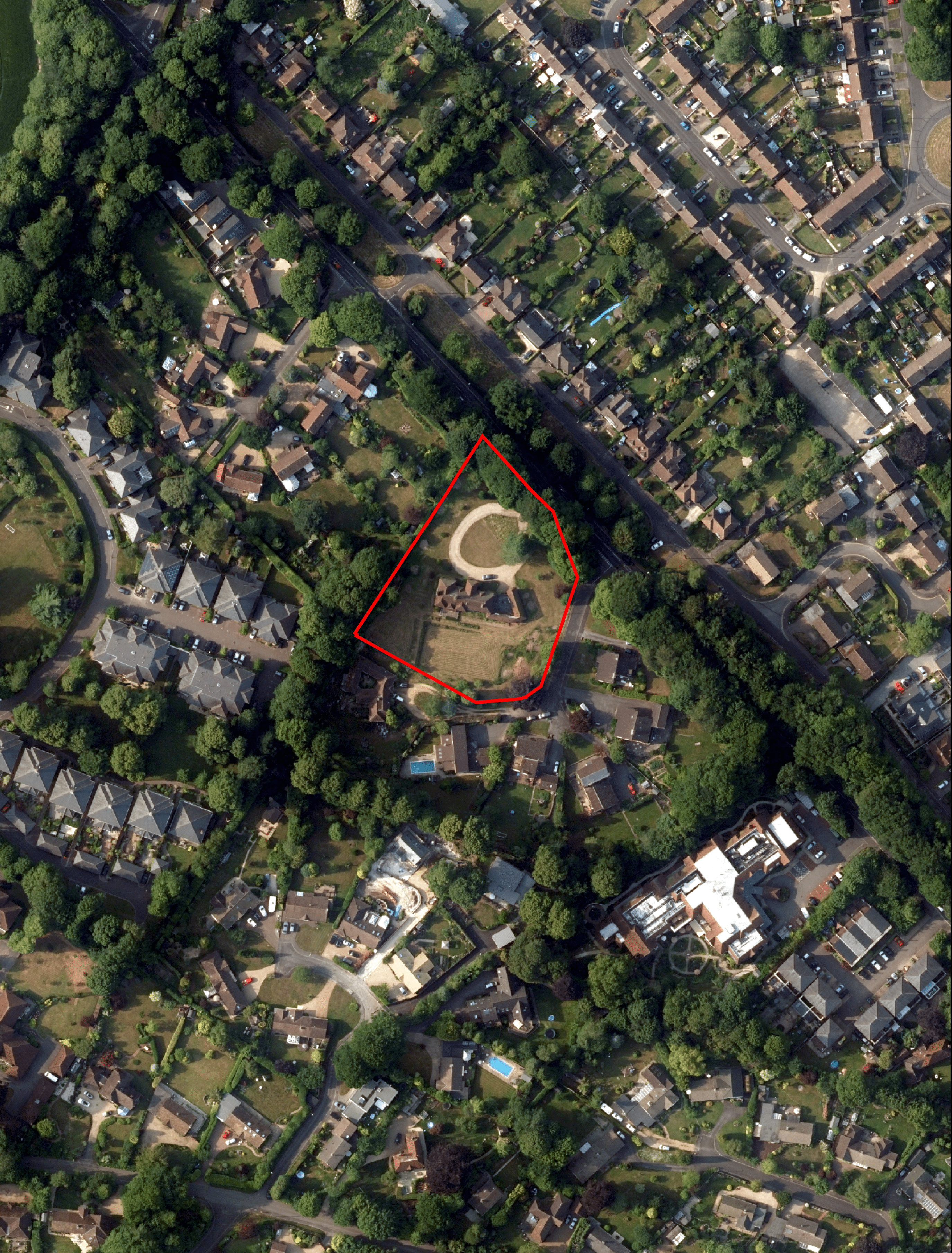
Meadowlands, Winchester
Acting on behalf of the landowner, the Carter Jonas Development team in Winchester advised on the sa...
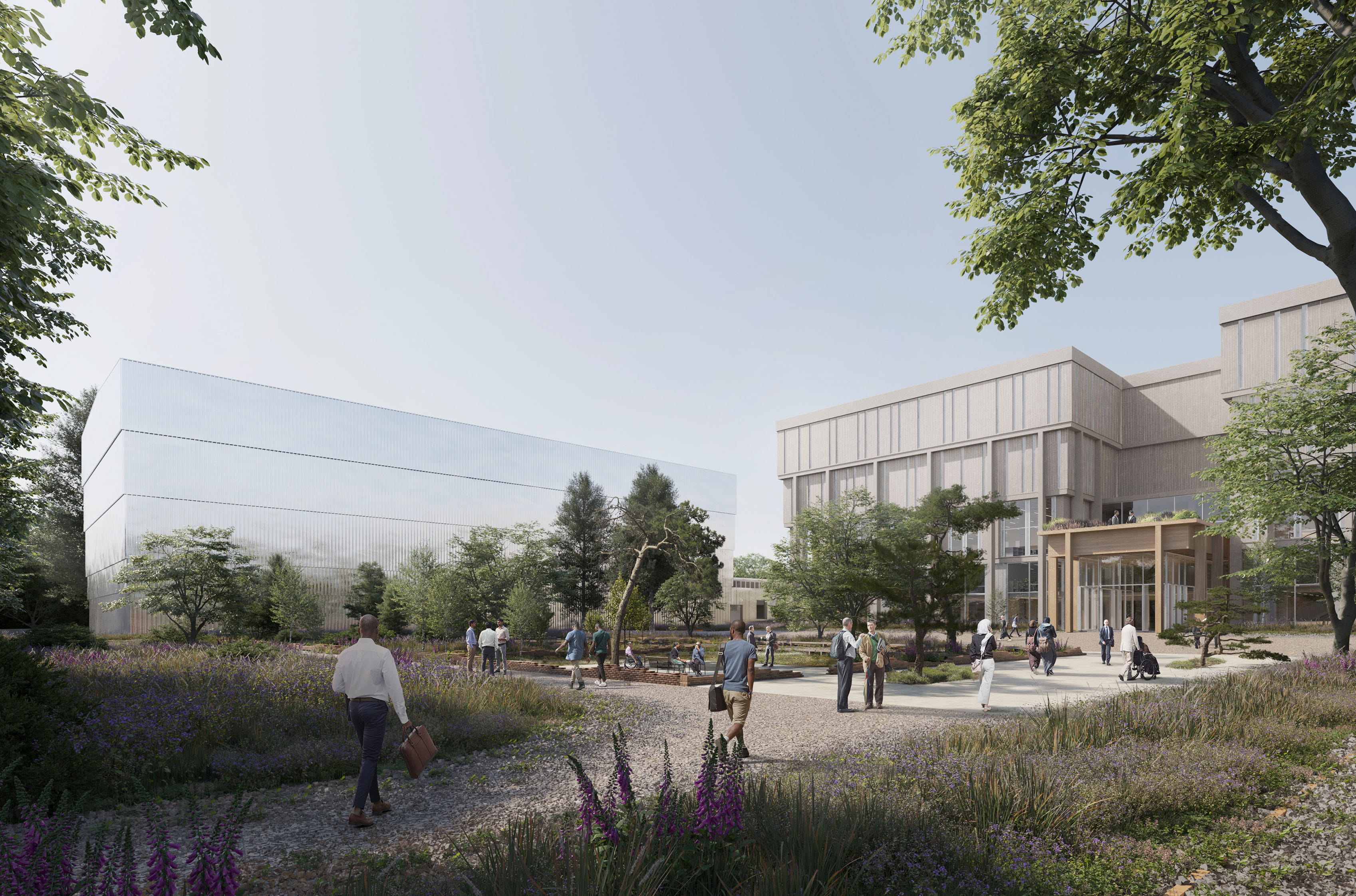
Planning achieved for sustainable redevelopment of British library’s Boston spa site
Supported by Carter Jonas, British Library’s sustainable redevelopment of its Boston Spa site has be...
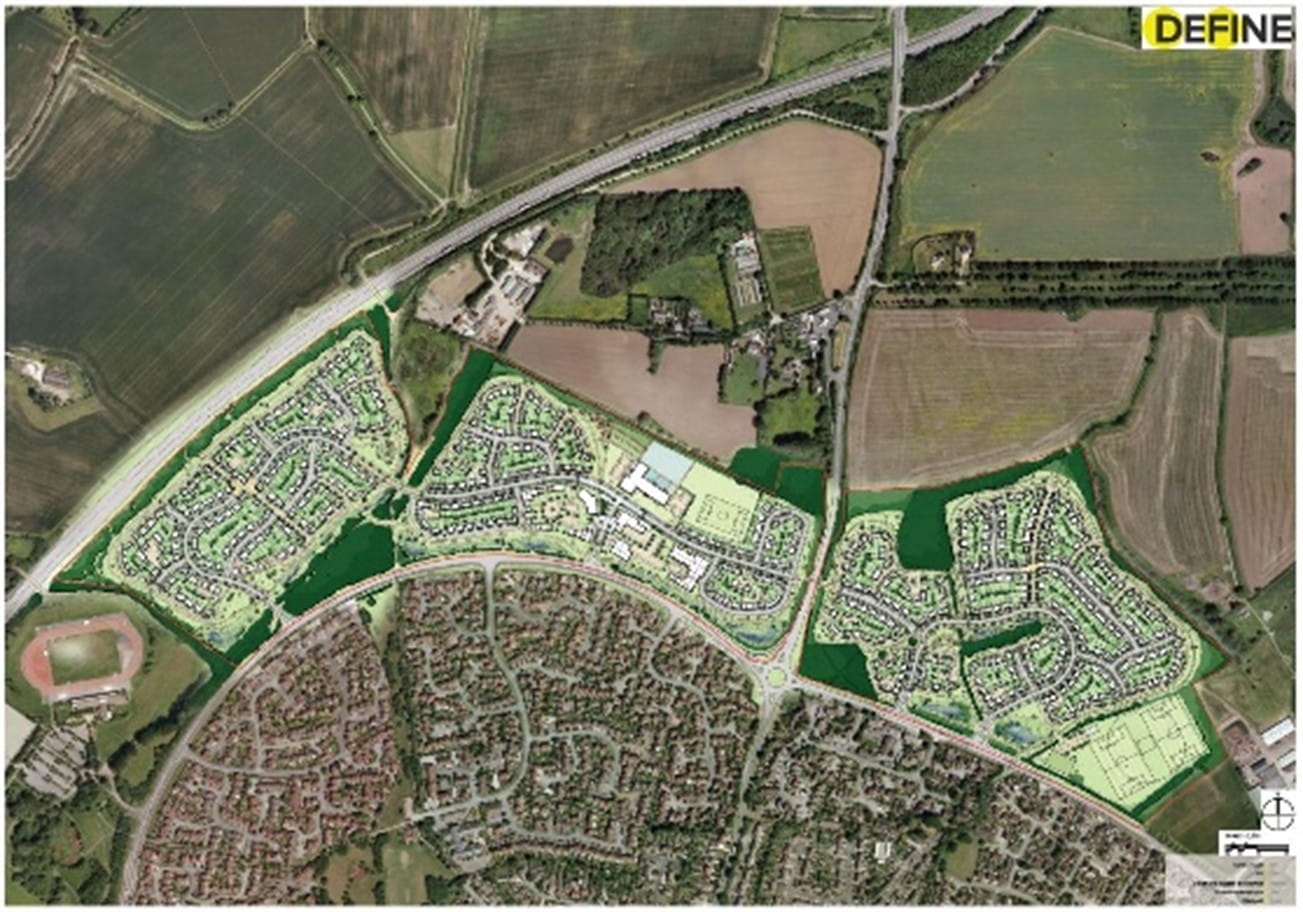
Land development opportunities from Greenbelt to the north of Abingdon
Acting for a charity client, Carter Jonas identified the potential for development of Greenbelt land...
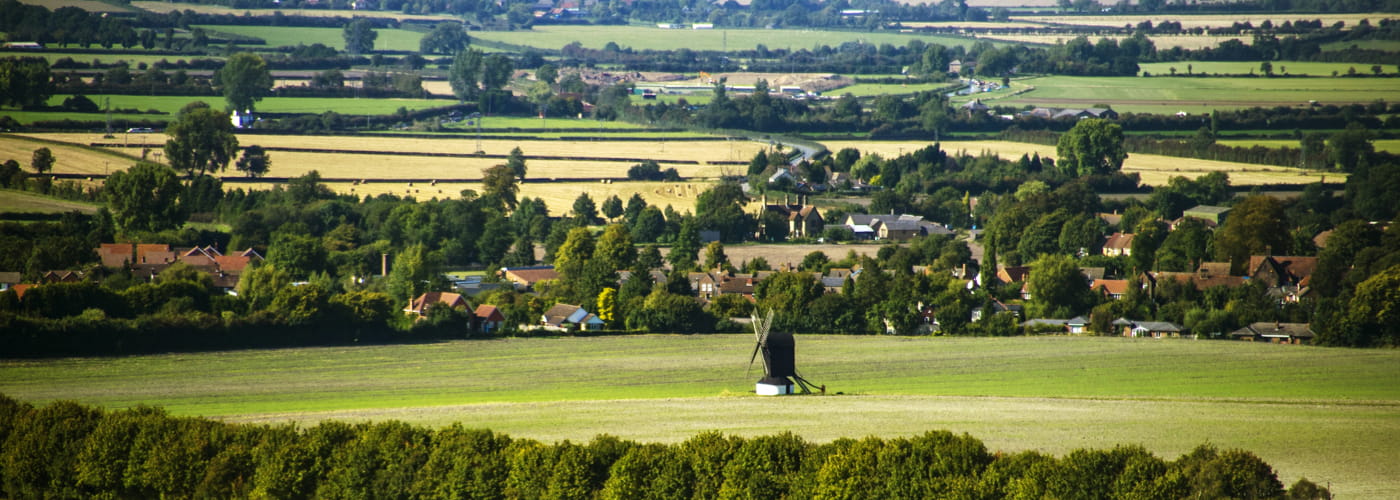
BCC Land and Property Portfolio
Carter Jonas advises Buckinghamshire County Council on its land and property portfolio under a 5-yea...
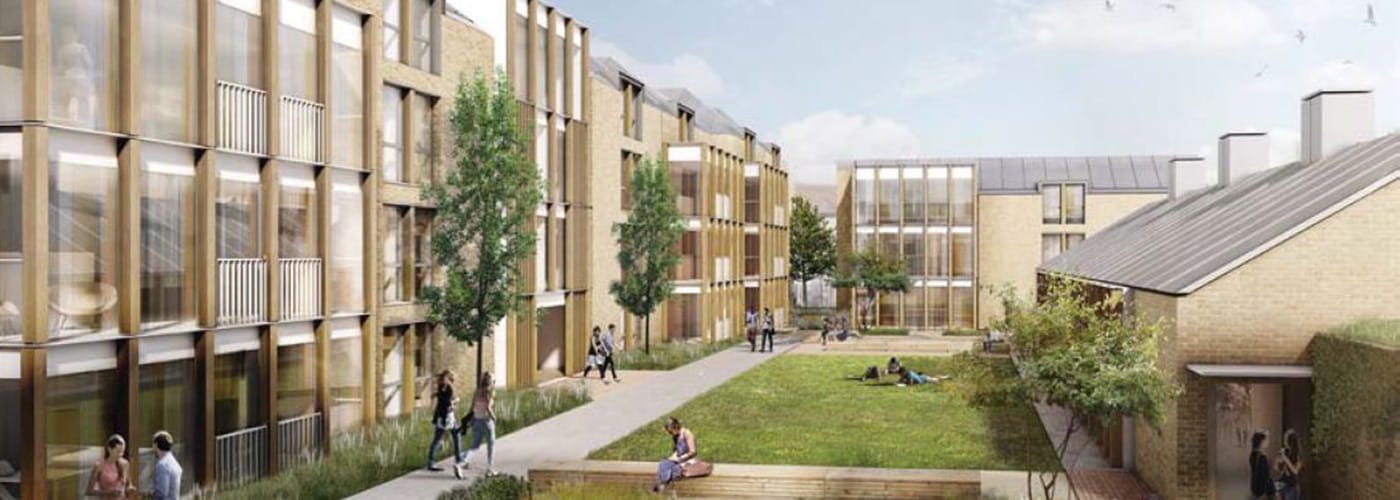
Student Accommodation: Iffley Road
The Oxford Planning Team at Carter Jonas have worked closely with Wadham College and the wider proje...

Eton House
The refurbishment and extension of an office building on Paradise Road in the London Borough of Rich...
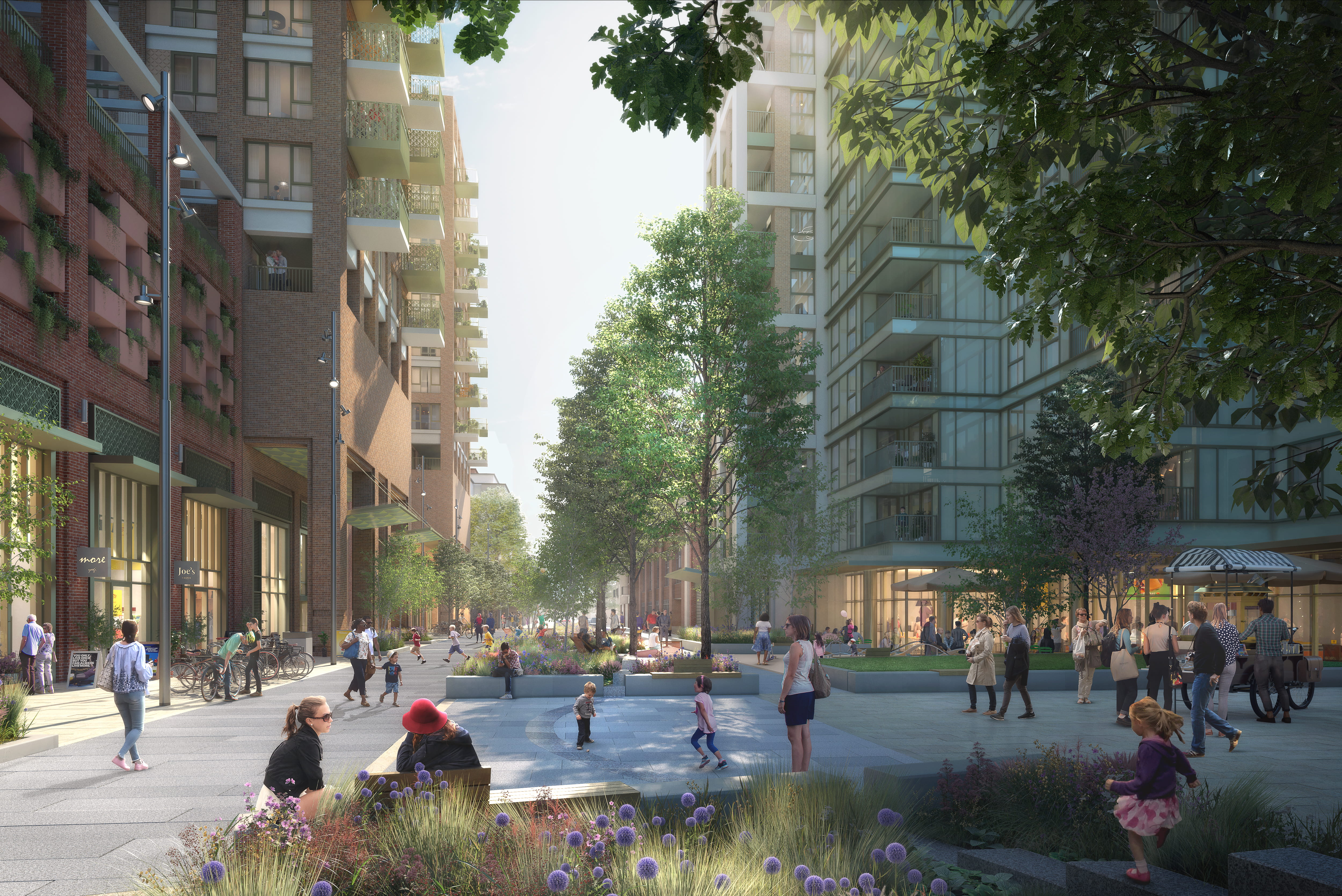
Ecoworld’s sustainable regeneration of Woking town centre
The regeneration scheme will create over 900 new homes, ground floor units for a variety of business...
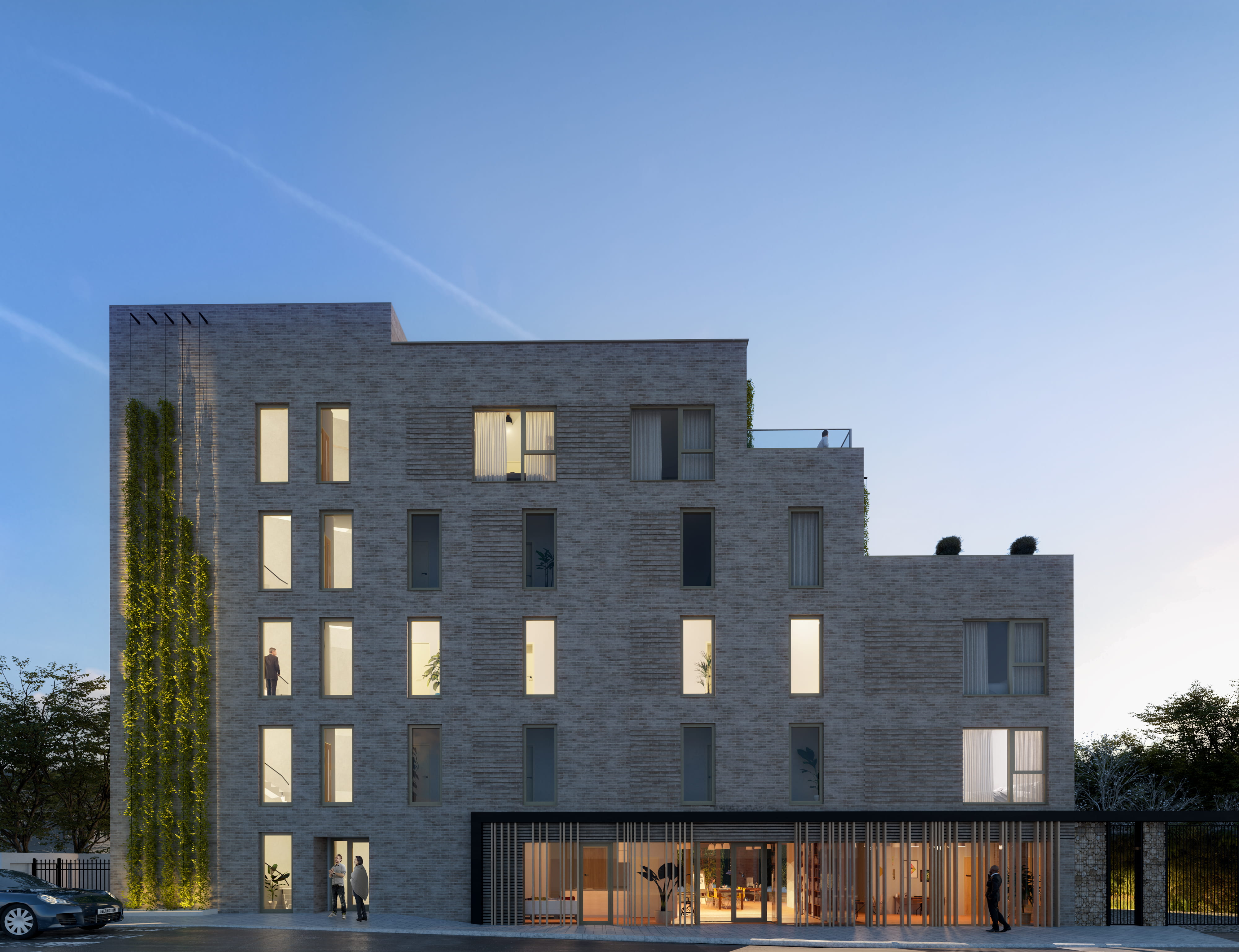
Gunnersbury Triangle
We recently secured planning permission, on behalf of Lampton Development 360, a joint venture partn...
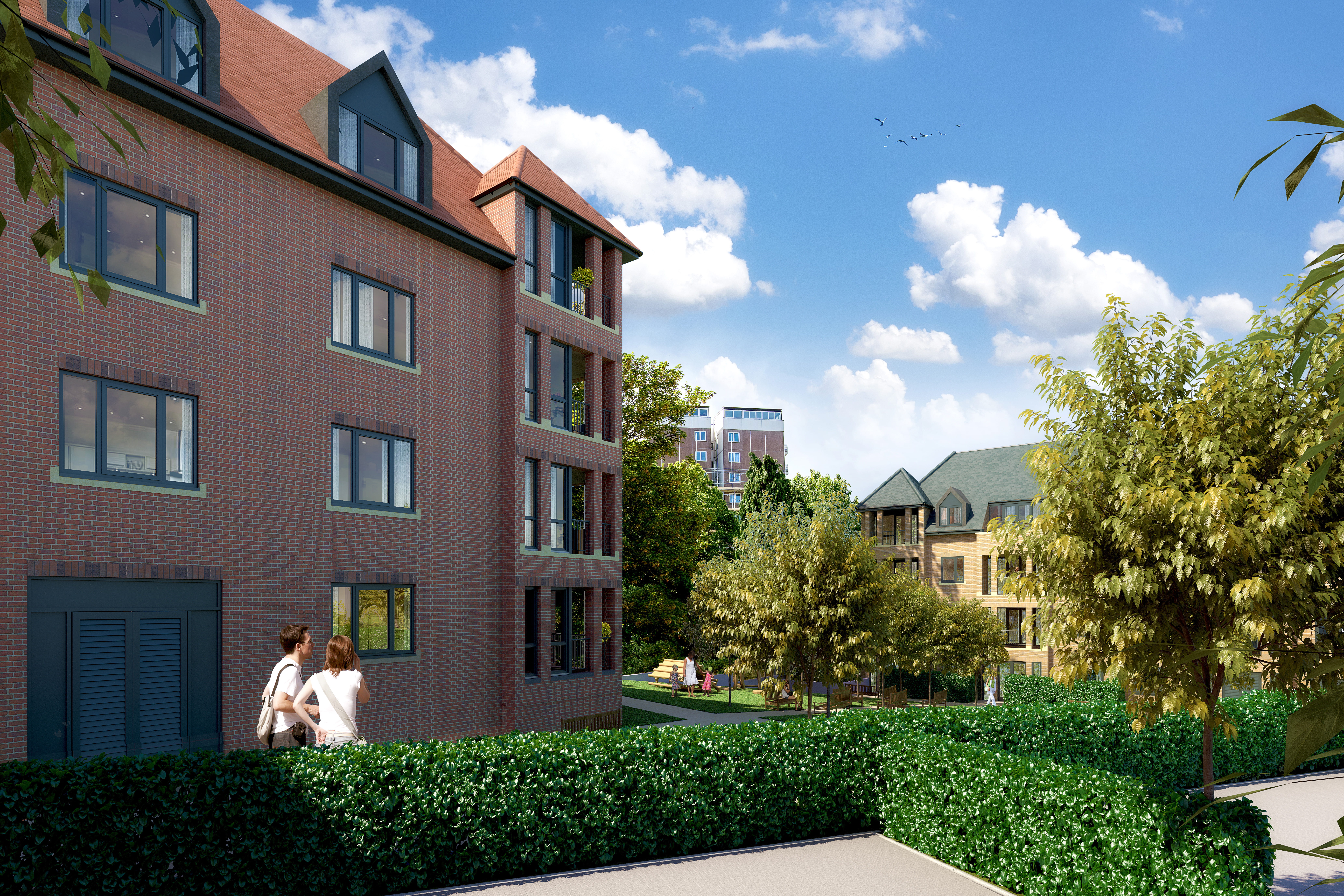
Kingston Riding Centre
On behalf of the residential developer London Square Developments, our Carter Jonas London planning ...
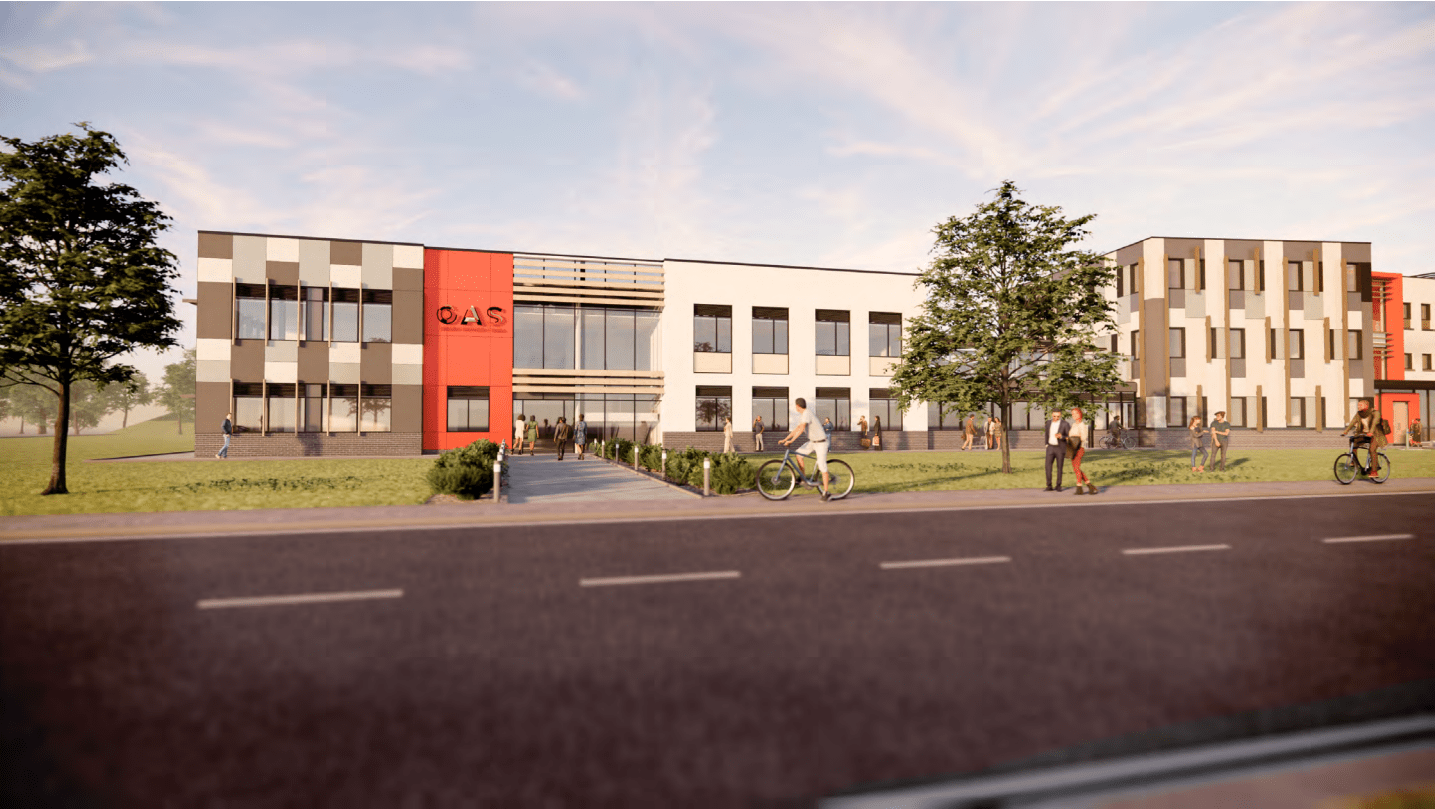
Carter Jonas secures planning permission for the expansion of the Oxfordshire Advanced Skills facility at Culham Science Centre
Carter Jonas was appointed by the UK Atomic Energy Authority (UKAEA) to prepare and submit a plannin...

GAP Depot at former Bodmin Moor Radio Station
Carter Jonas have obtained planning permission for the change of use of the historic Bodmin Moor Rad...

North Brockworth, Gloucestershire
Carter Jonas acquired around 90 acres of agricultural land in the Green Belt near Gloucester for an ...
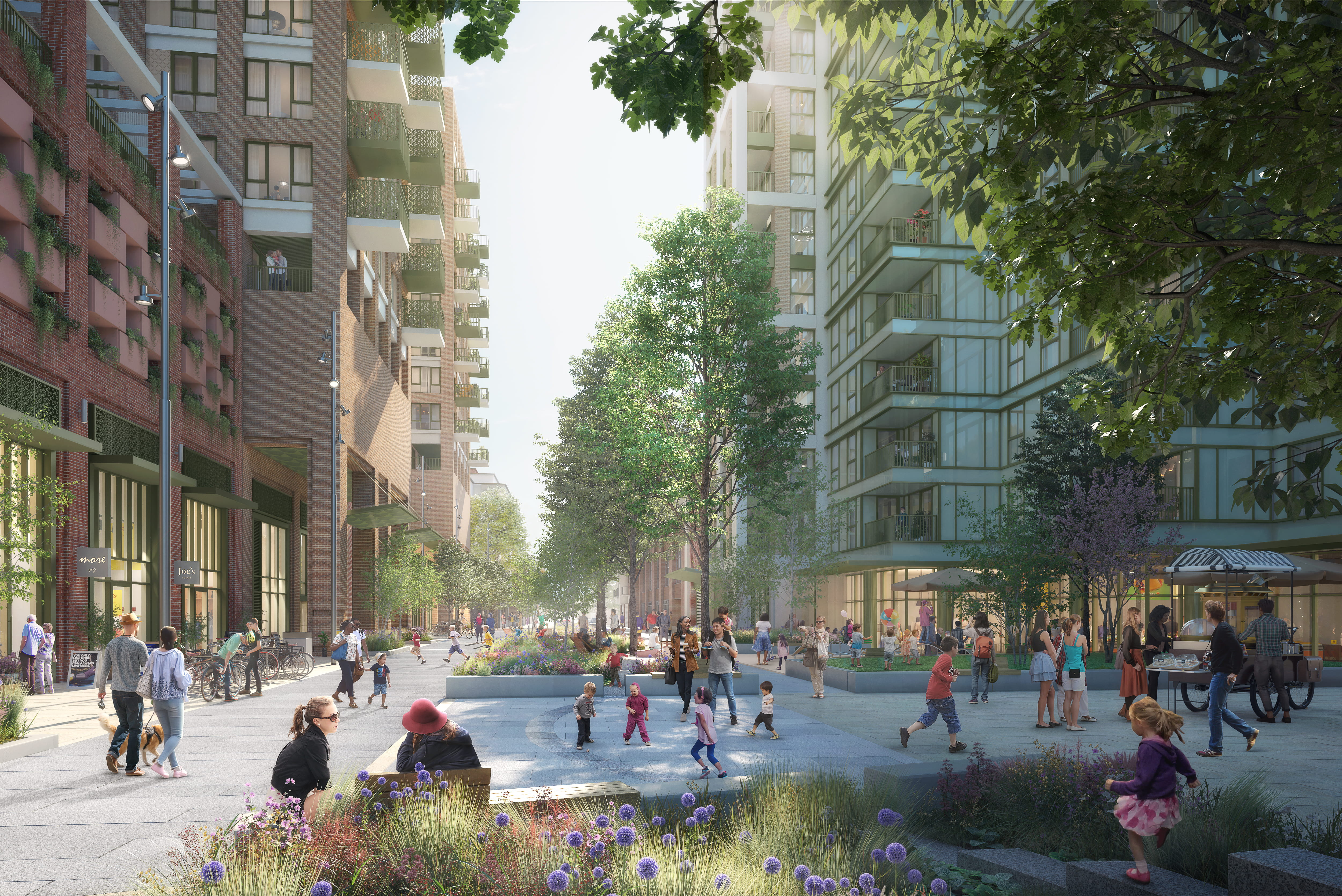
Goldsworth Road, Woking Borough Council
Carter Jonas is advising EcoWorld London on the redevelopment of the 1.15 ha site, comprising eight ...
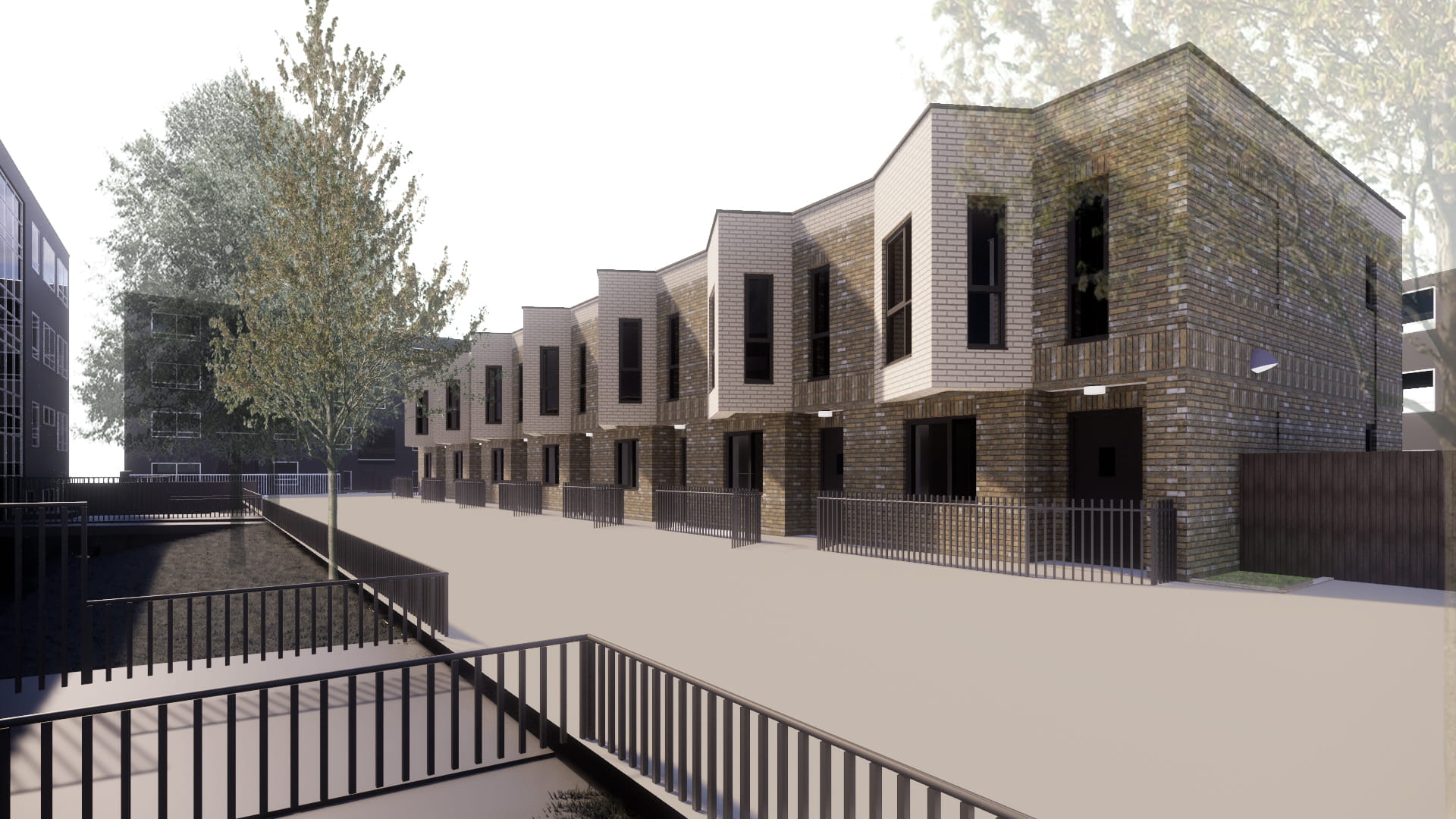
Westminster Small Sites
Carter Jonas advised Westminster City Council on the redevelopment of two council-owned garage sites...
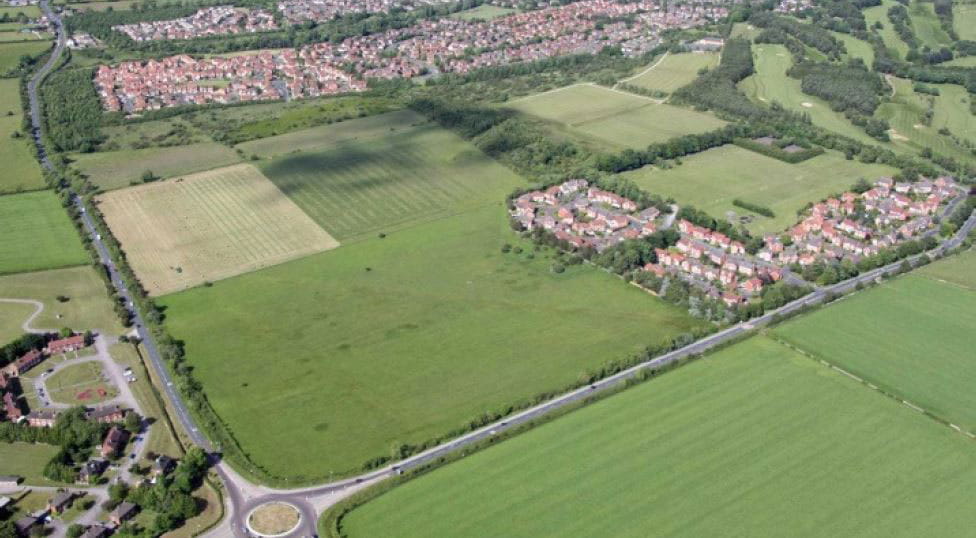
Penny Pot Lane Harrogate
Carter Jonas on behalf of Mealia Partnership and Cushman & Wakefield on behalf of Woodard Corporatio...
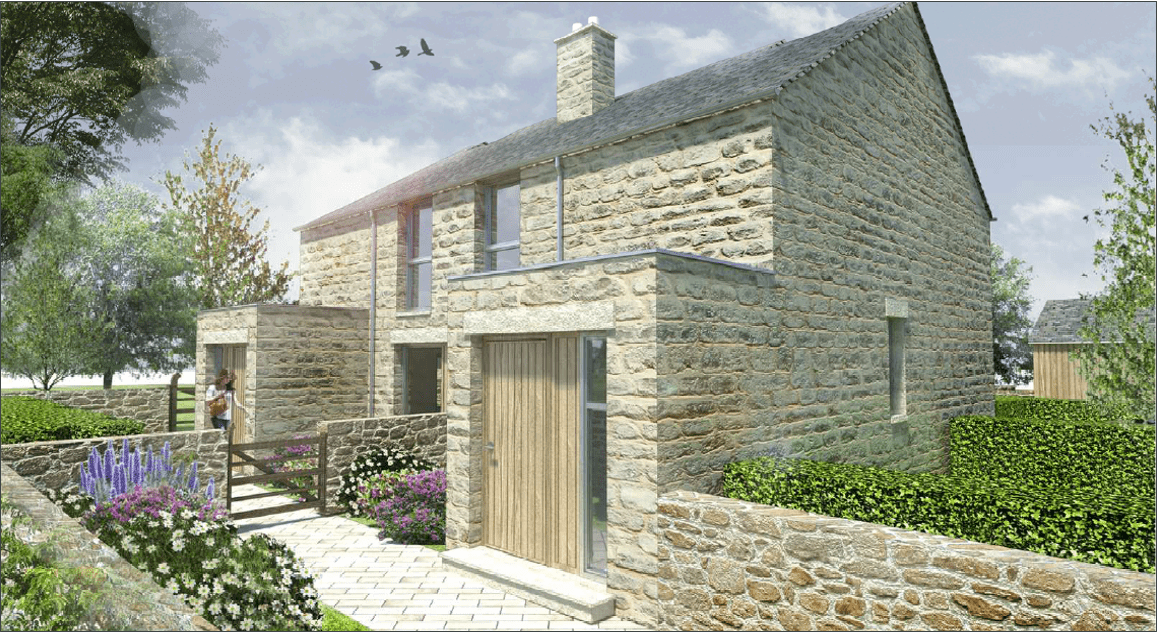
Whitehouse Farm Harrogate
Carter Jonas’s Planning North team successfully secures Full Planning Permission for residential dev...
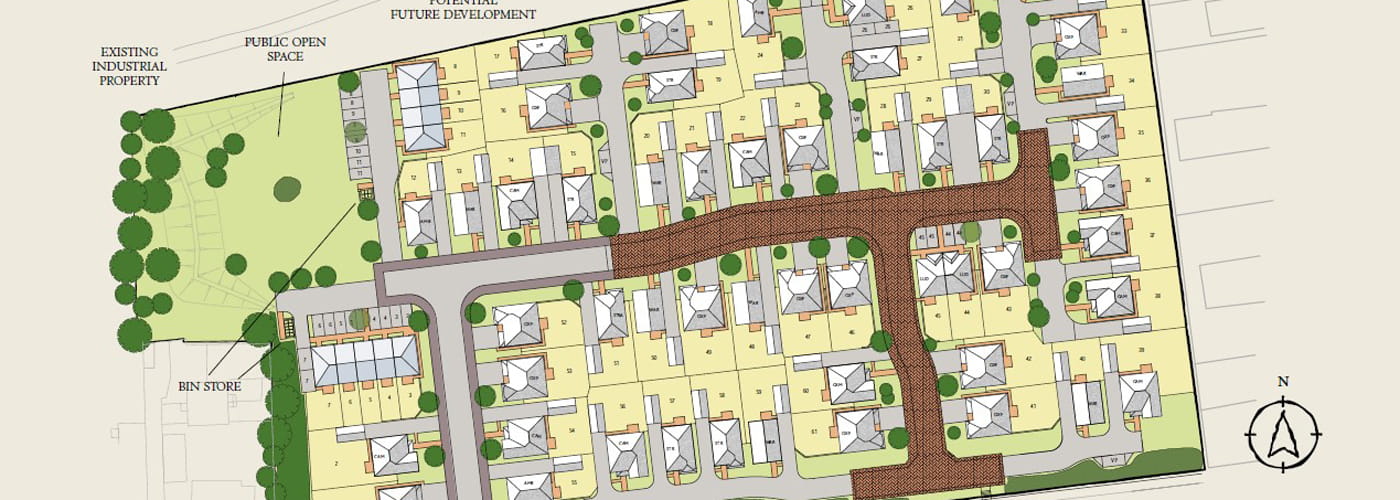
Albert Road Residential Development
Carter Jonas’s Leeds office was instructed by the landowner to identify a development partner to bri...
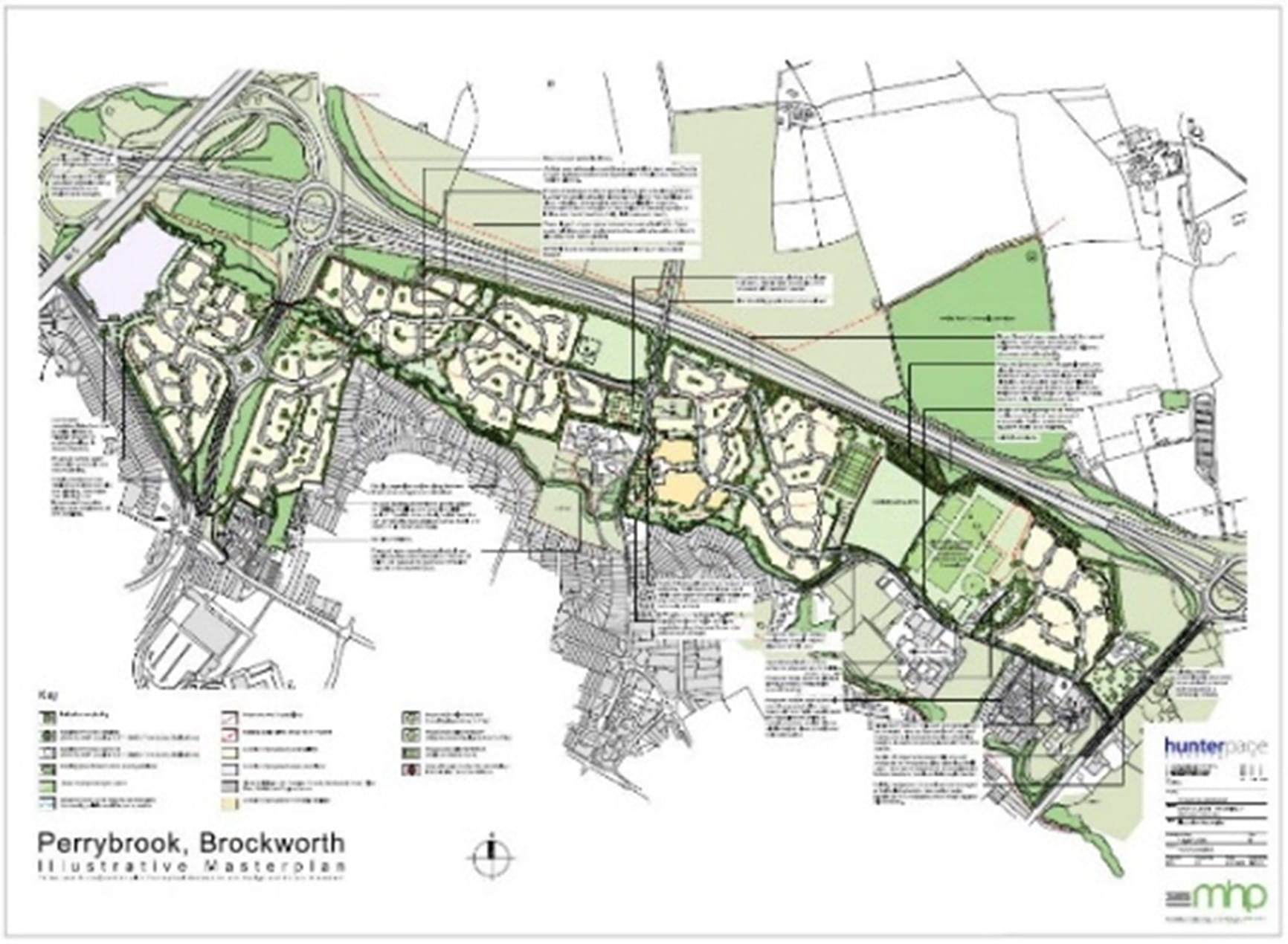
Carter Jonas acquired 90 acres of land in Greenbelt
Carter Jonas acquired around 90 acres of agricultural land in the Green Belt near Gloucester for an ...
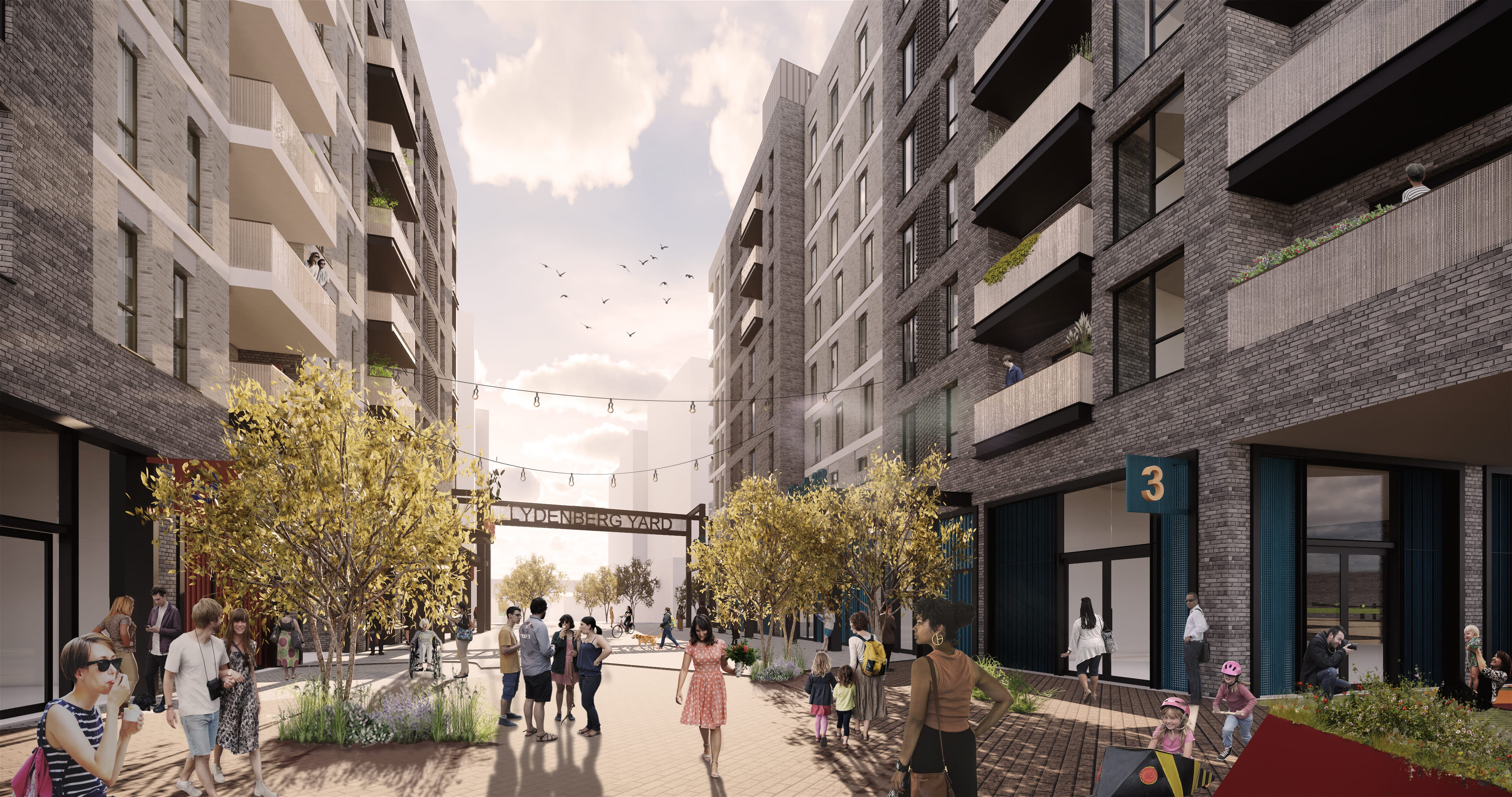
Charlton Riverside
Carter Jonas is advising Hyde Group on the redevelopment of the 4.21 ha site, comprising five parcel...
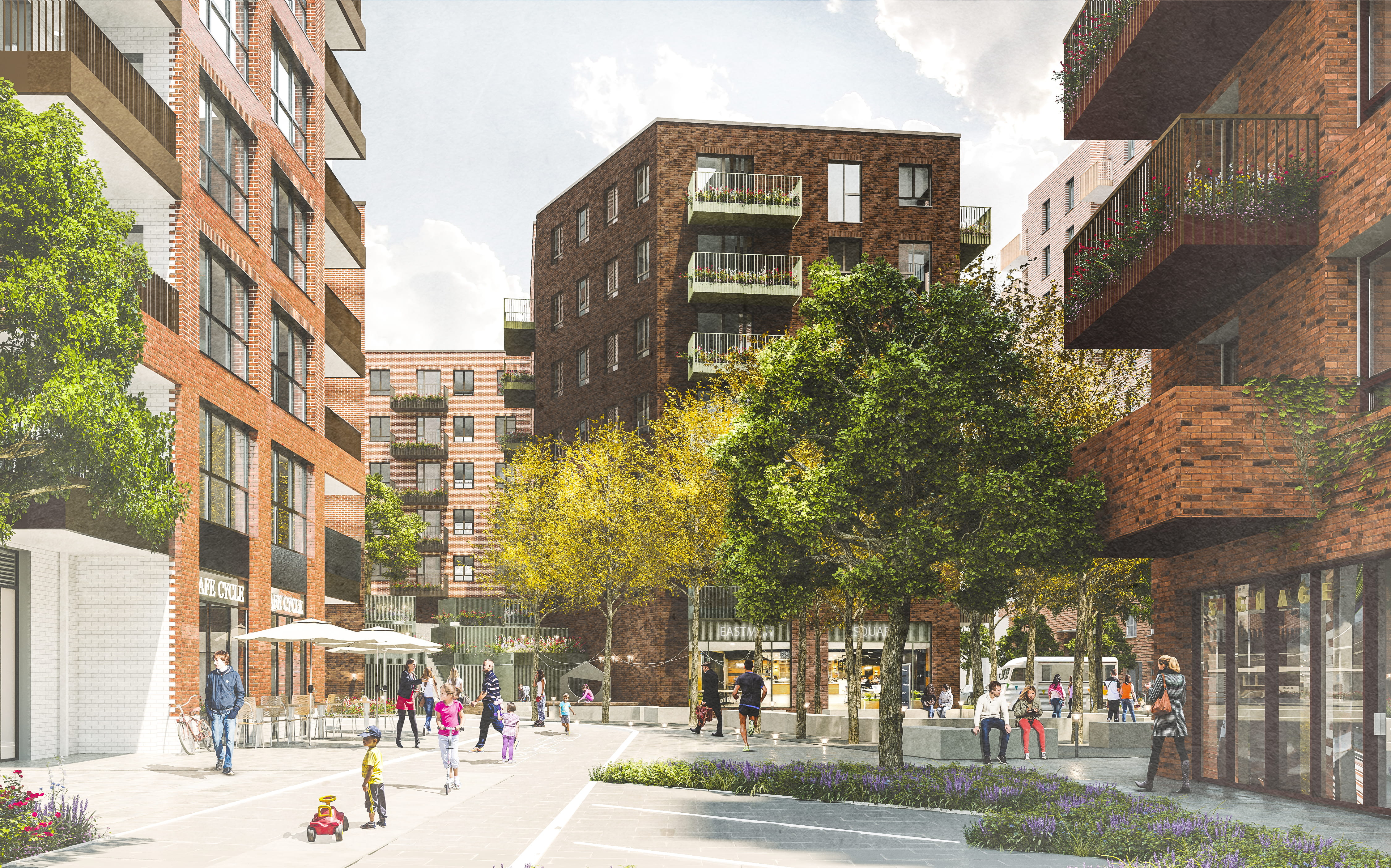
Harrow View East
Carter Jonas has successfully secured reserved matters and detailed planning permission for Harrow V...

Windmill Farm
Carter Jonas’s Northern Planning and Development Team is instructed to promote over 100 acres of lan...
Carter Jonas achieves planning and listed building consent for Hertford College, Oxford
Carter Jonas has secured planning and listed building consent for an extensive redevelopment for Her...
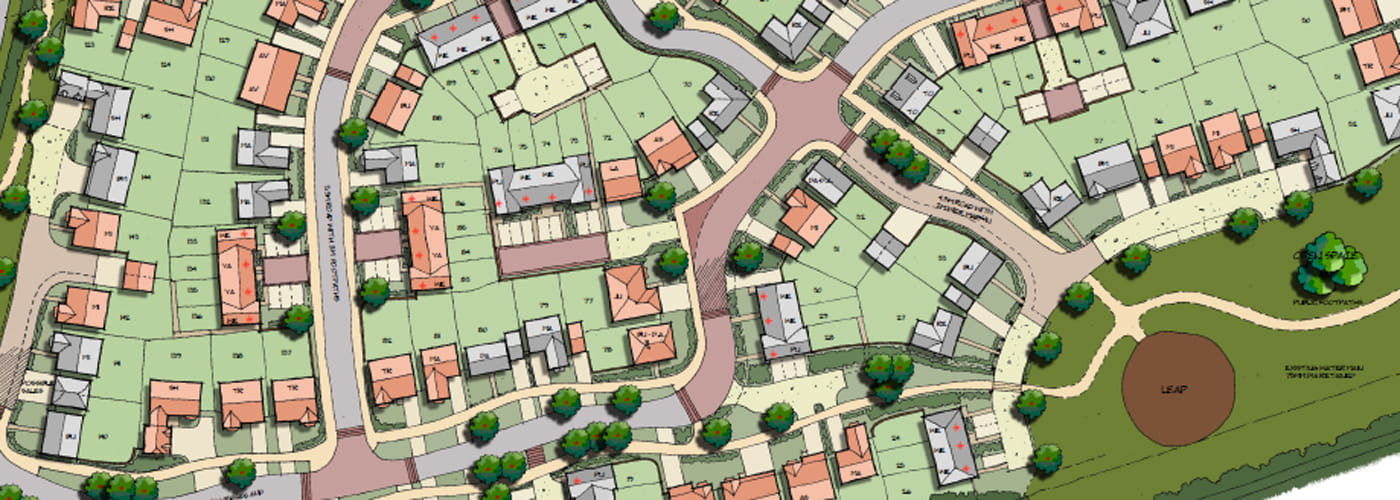
Dishforth Road Development
Carter Jonas's Leeds office were instructed by the landowner to select a Developer or Promoter to ta...
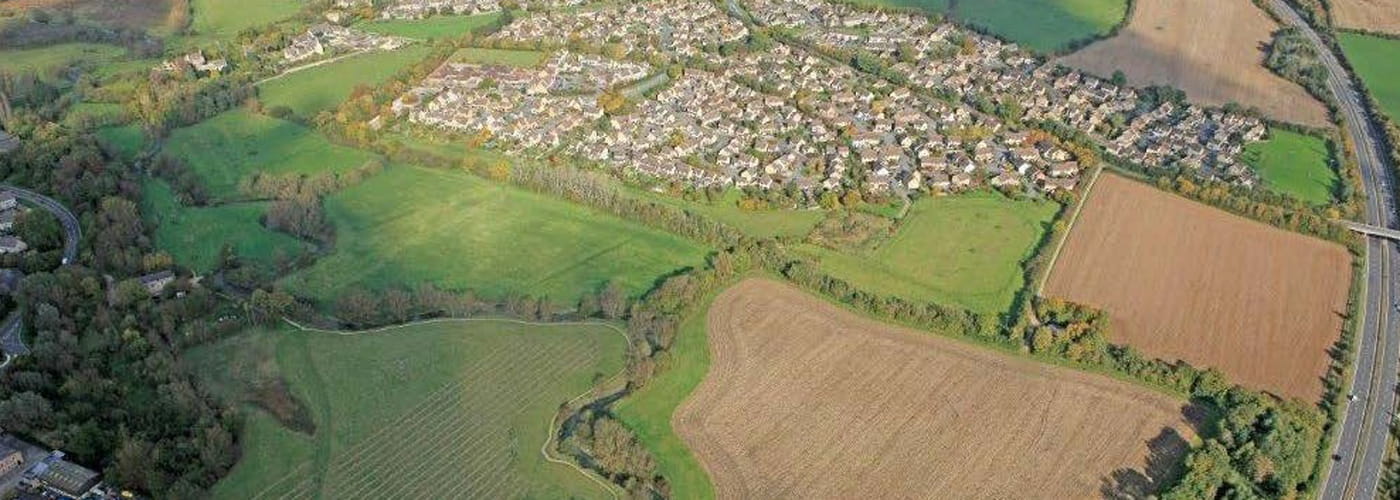
East Witney Strategic Development Area
Carter Jonas has successfully secured an allocation for around 450 new homes on land at East Witney....
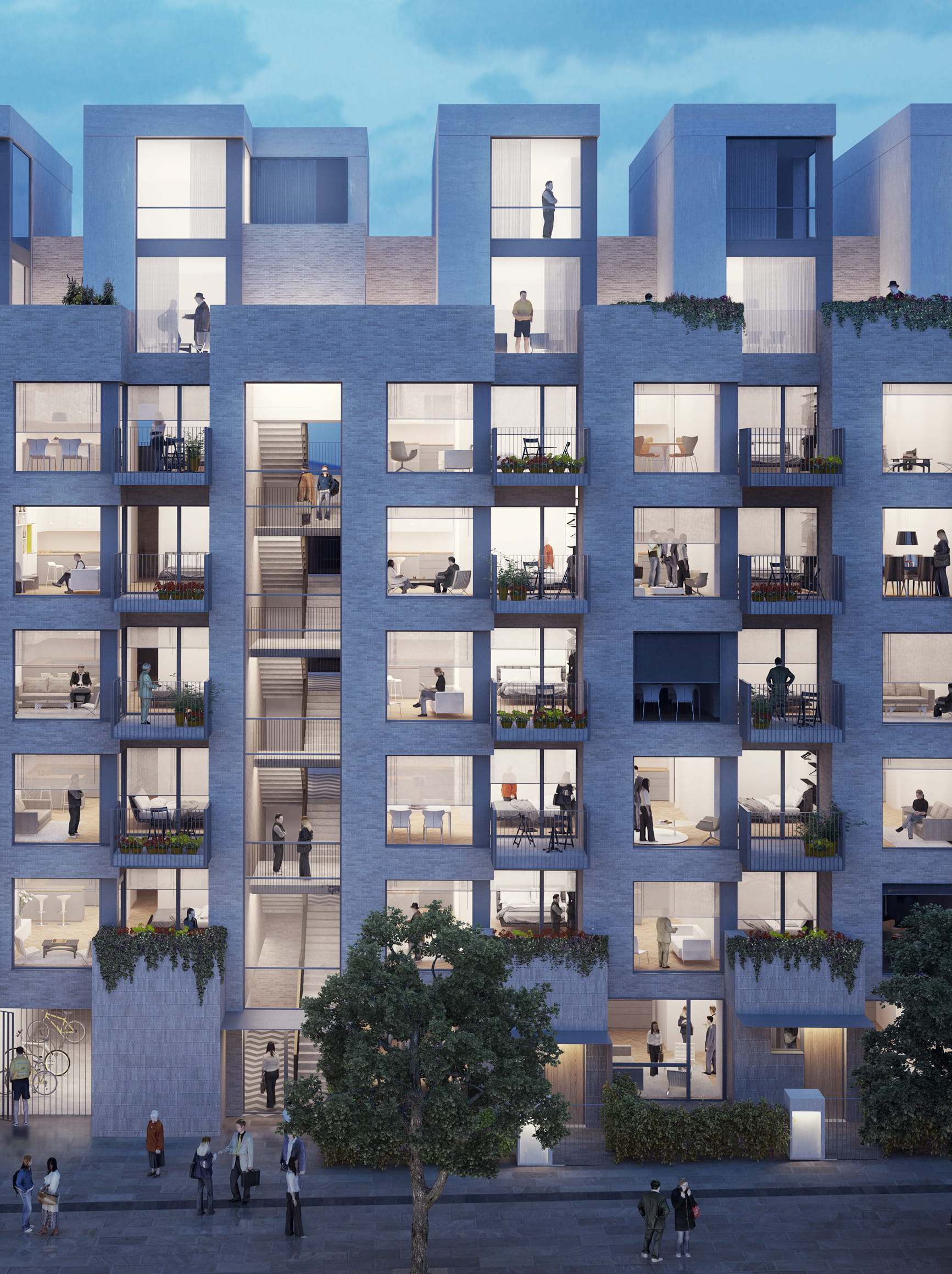
Fairfield Homes
Carter Jonas was instructed to provide planning strategy advice and prepare a detailed planning appl...
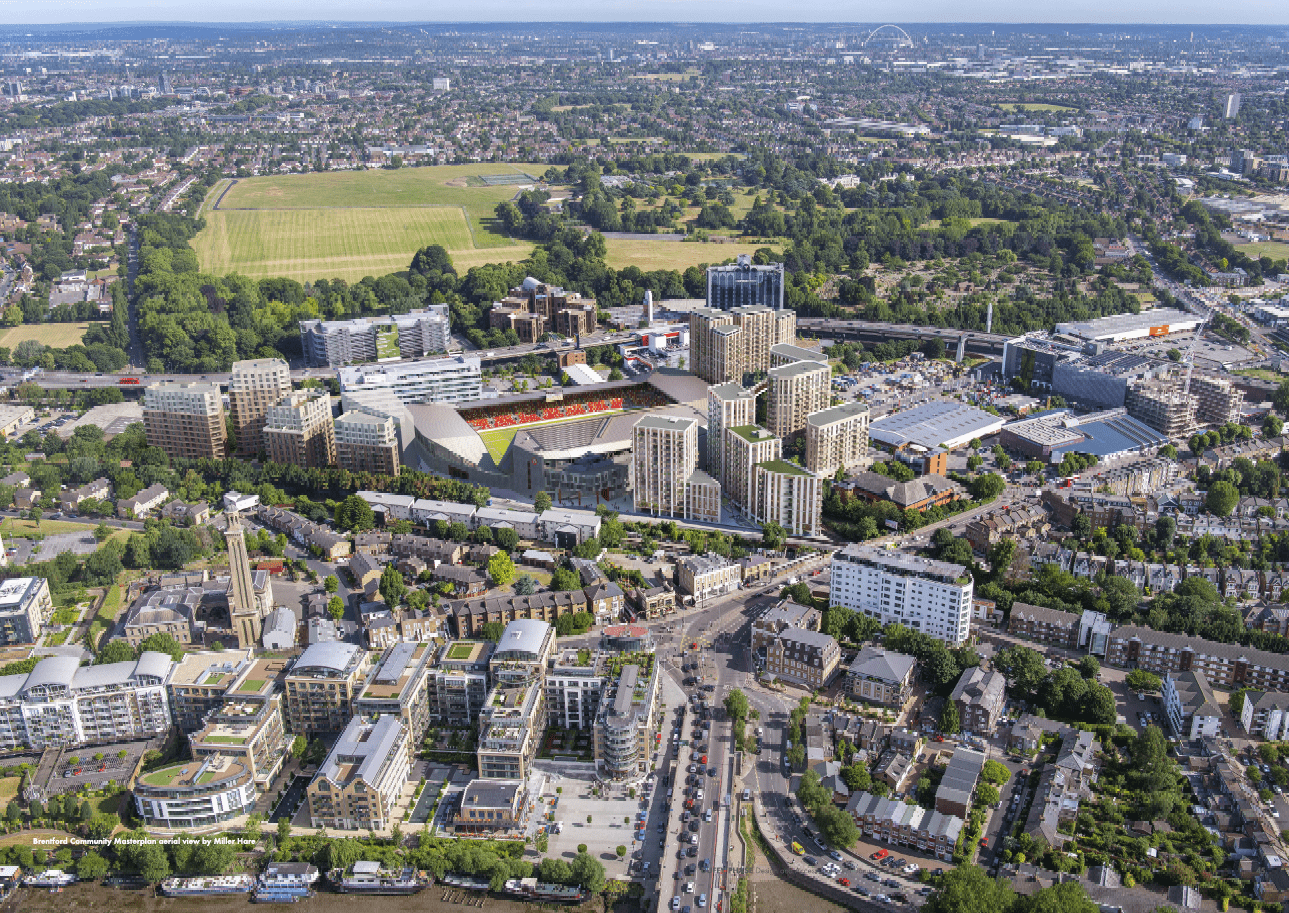
Brentford Community Stadium
We have been working with Brentford Football Club and its development partner EcoWorld London for a ...

School Rebuilding Programme
Helping the UK’s Department for Education to build and refurbish schools across London and the South...
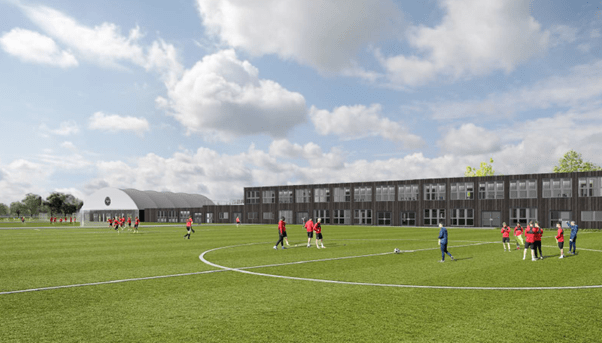
Jersey Road
Carter Jonas has been providing planning advice to Brentford Football Club with respect to the train...
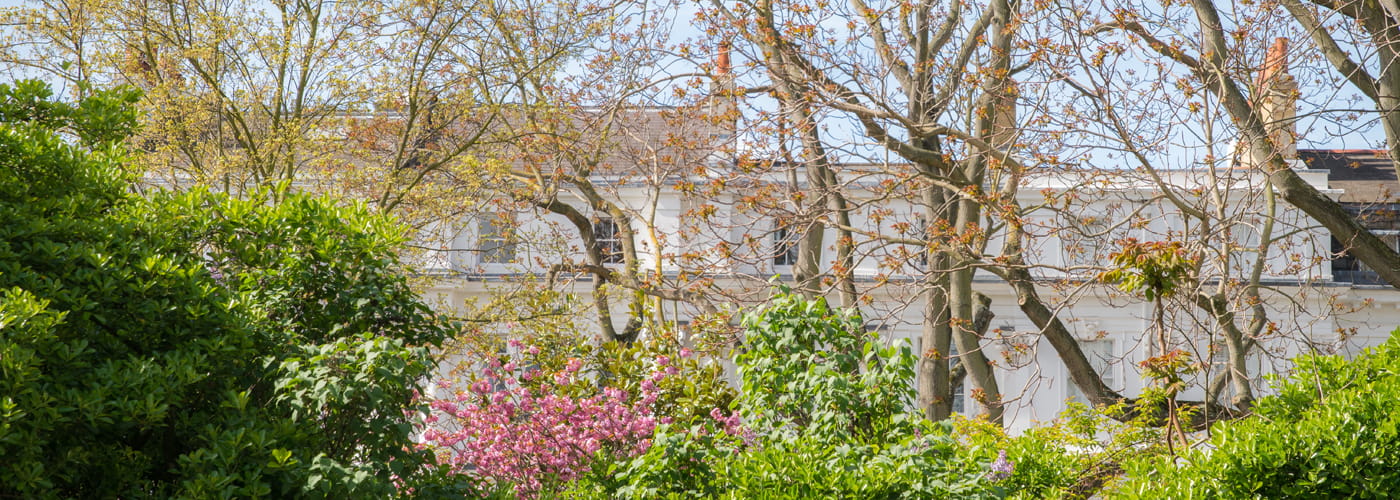
Ladbroke Grove
Carter Jonas advise the Royal Borough of Kensington and Chelsea (RBKC) on the redevelopment of its r...
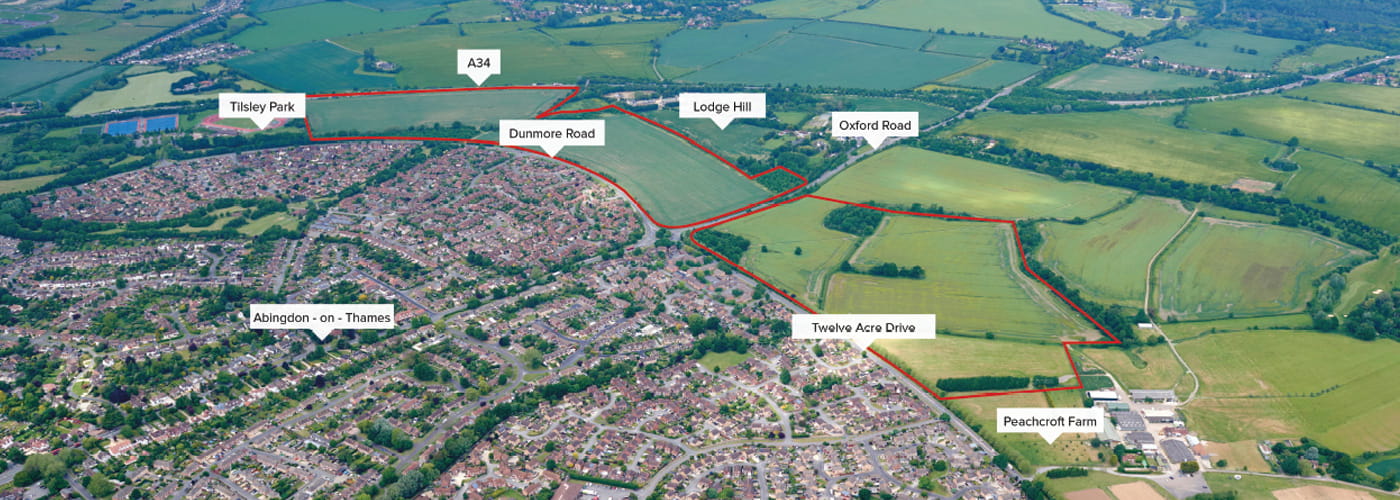
Secured Outline Planning Permission
On behalf of CEG, the Oxford Planning Team has secured outline planning permission for up to 900 hou...
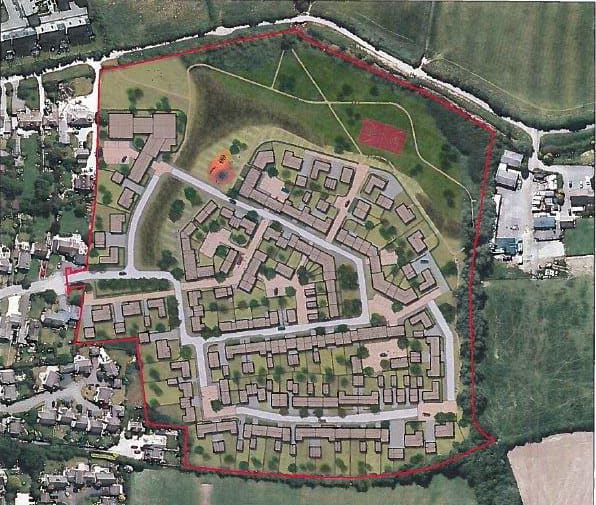
Land off Thornbury Road, Eynsham
Maximised value for the landowner by securing planning permission for 160 residential units and then...
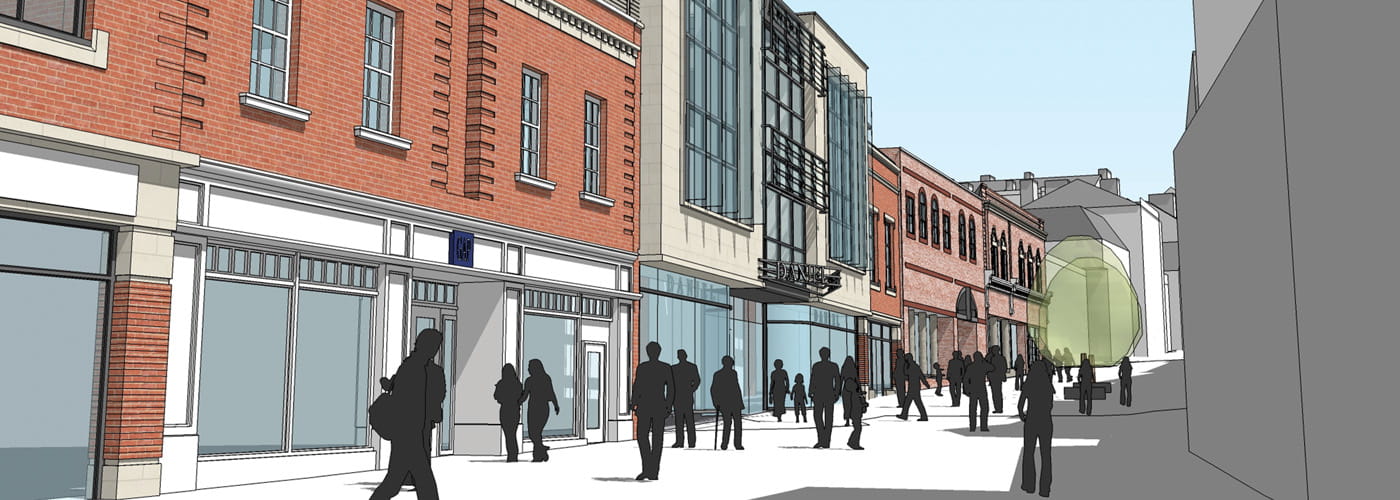
Retail Development
Carter Jonas transformed the landmark Daniel Department Store building in Windsor.
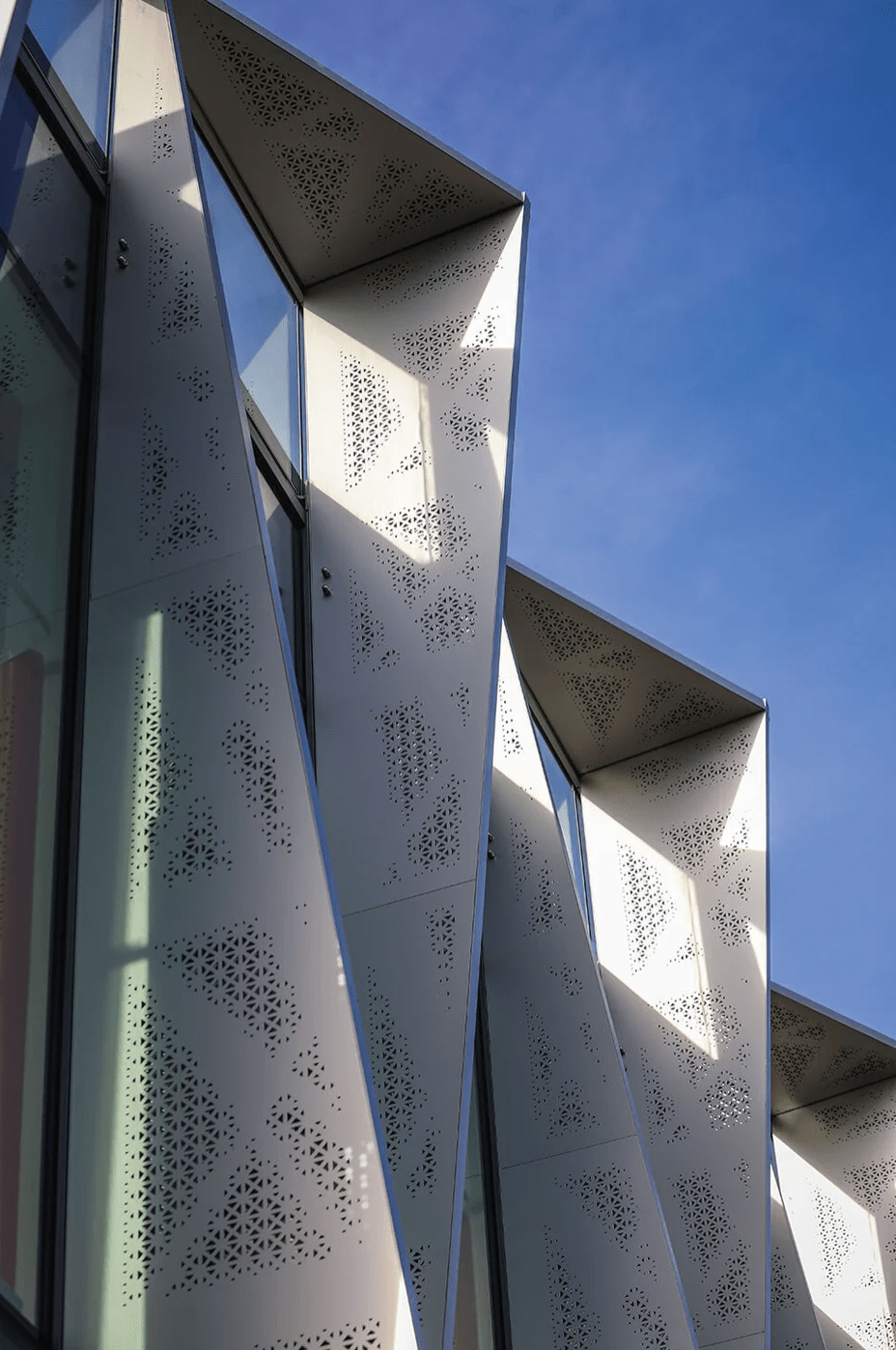
Global Headquarters Cambridge
Carter Jonas has been appointed by ARM Holdings to act as their sole strategic property adviser in C...
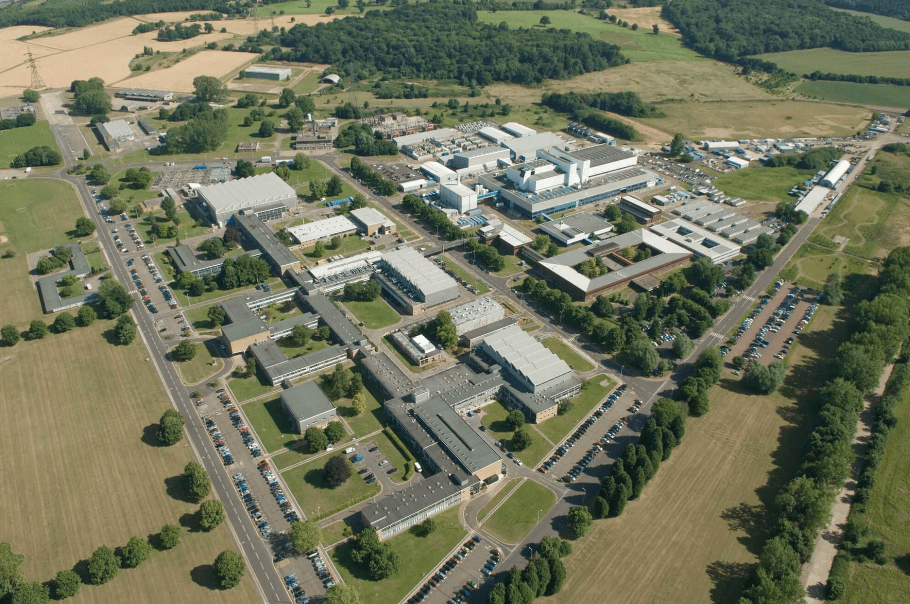
Culham Science Centre
Culham Science Centre combines world-class publicly funded research into fusion power; commercial te...
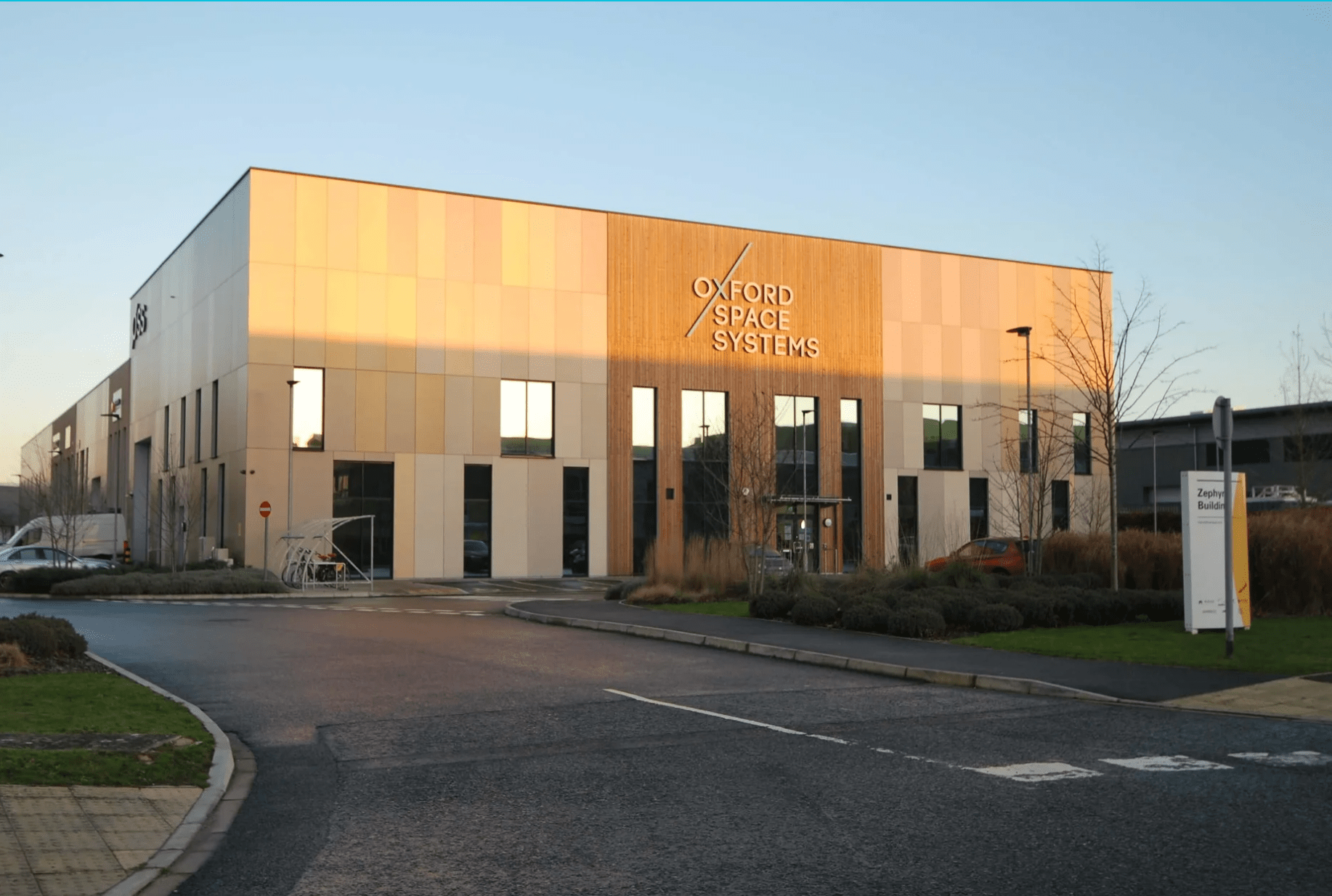
Harwell Campus
Harwell Campus is a leading science, innovation, technology and business campus.

Burringham Wind Turbine Development
Ian Fowler & Co, a farming company in North Lincolnshire, appointed Carter Jonas to determine the po...
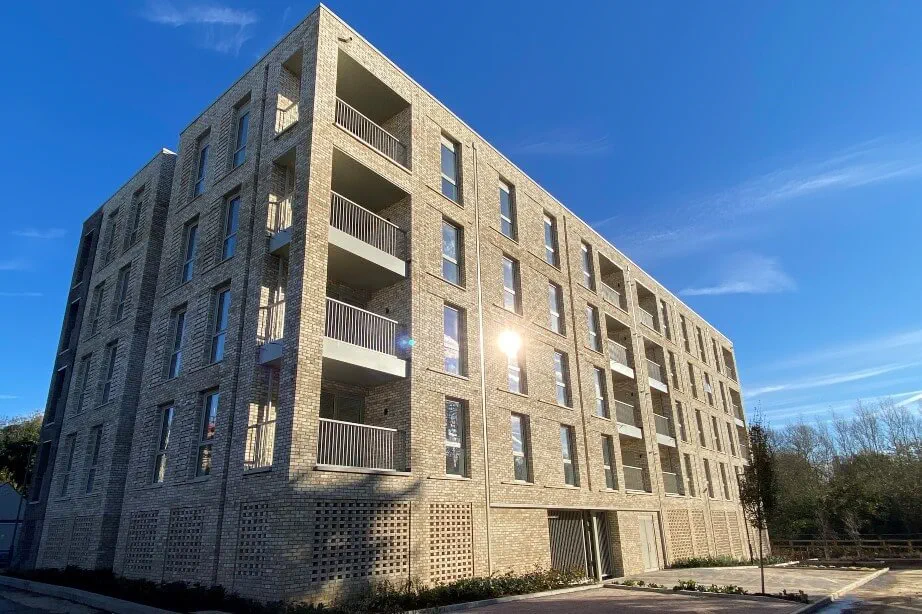
Littlemore Park
The disposal and development of Littlemore Park was a key part of the client Trust’s wider strategy ...
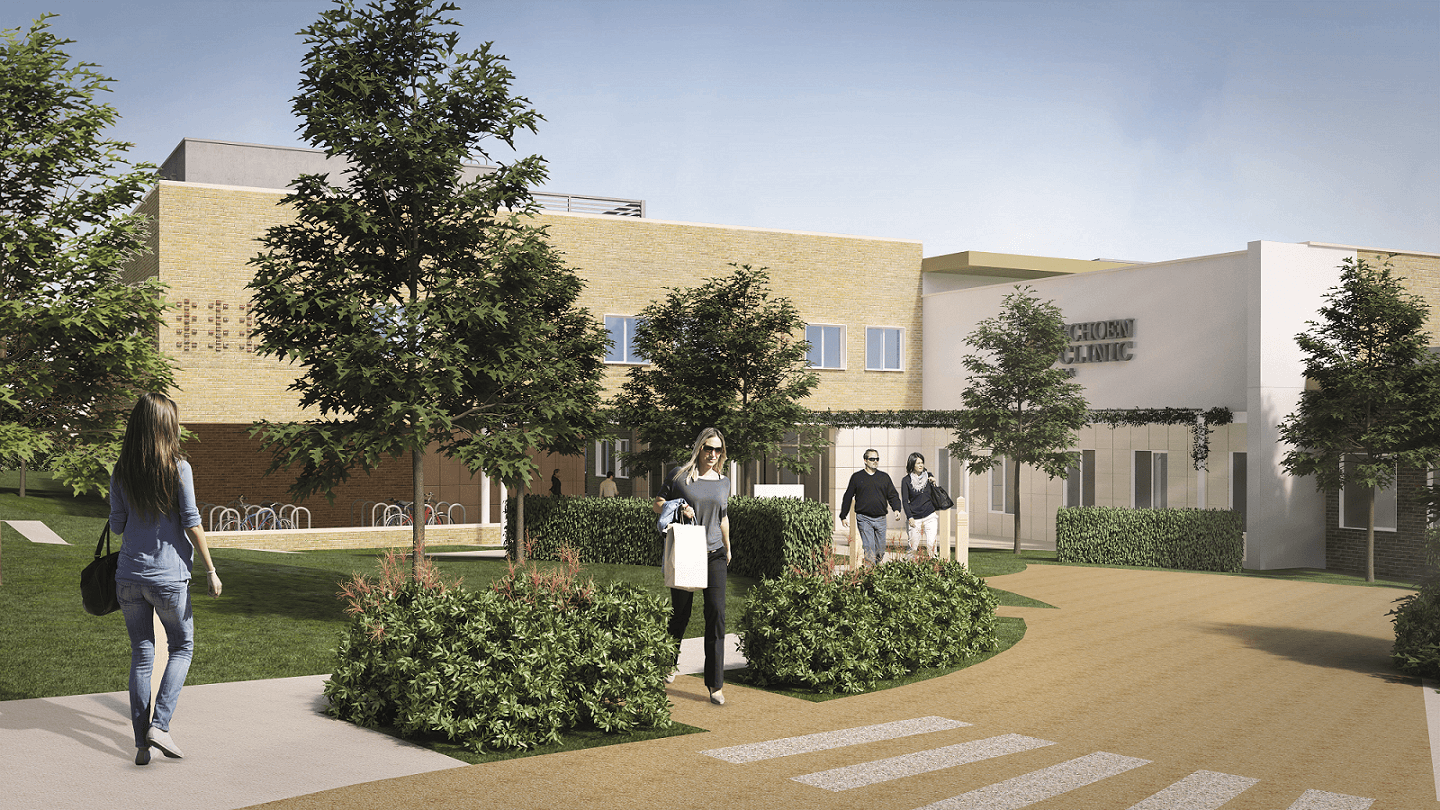
The Retreat by Schoen Clinic
Our healthcare specialists submitted a planning application for a £13m new facility to treat mental ...

West Burton Power Station, Nottinghamshire
The Spherical Tokamak for Energy Production Programme (STEP), a Government-backed initiative, aims t...
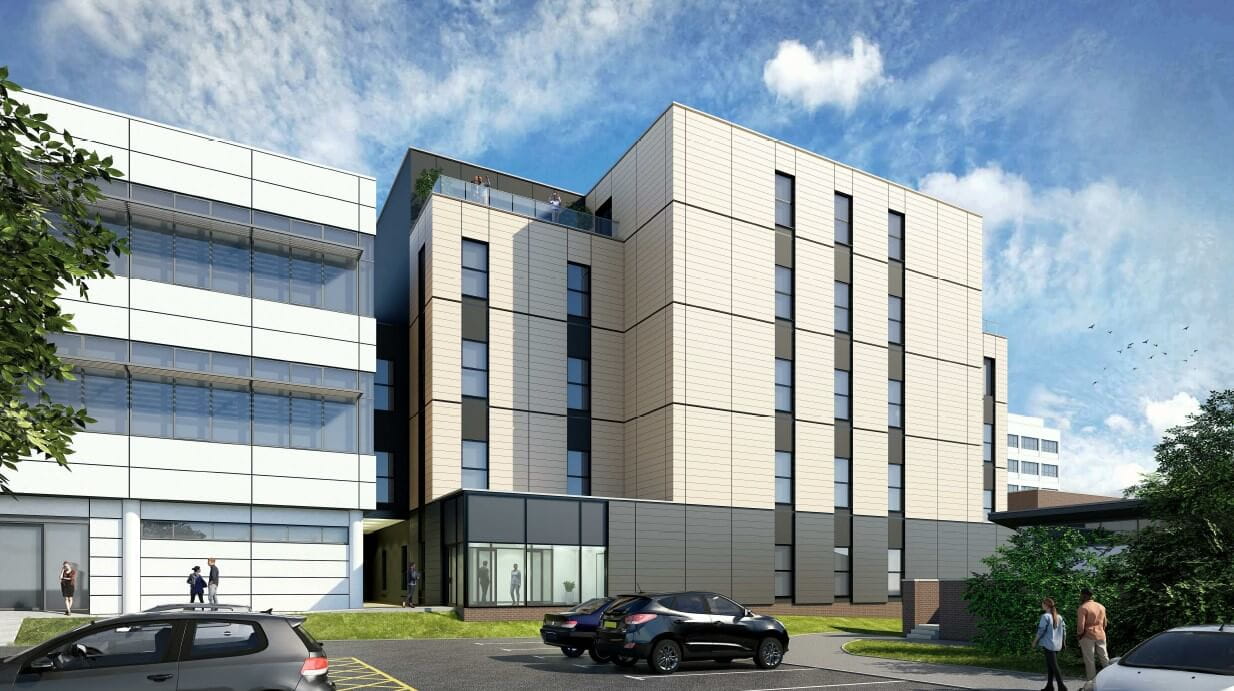
Adult Intensive Care Unit, John Radcliffe Hospital
Carter Jonas was instructed by the Oxford University Hospitals NHS Foundation Trust to prepare and s...
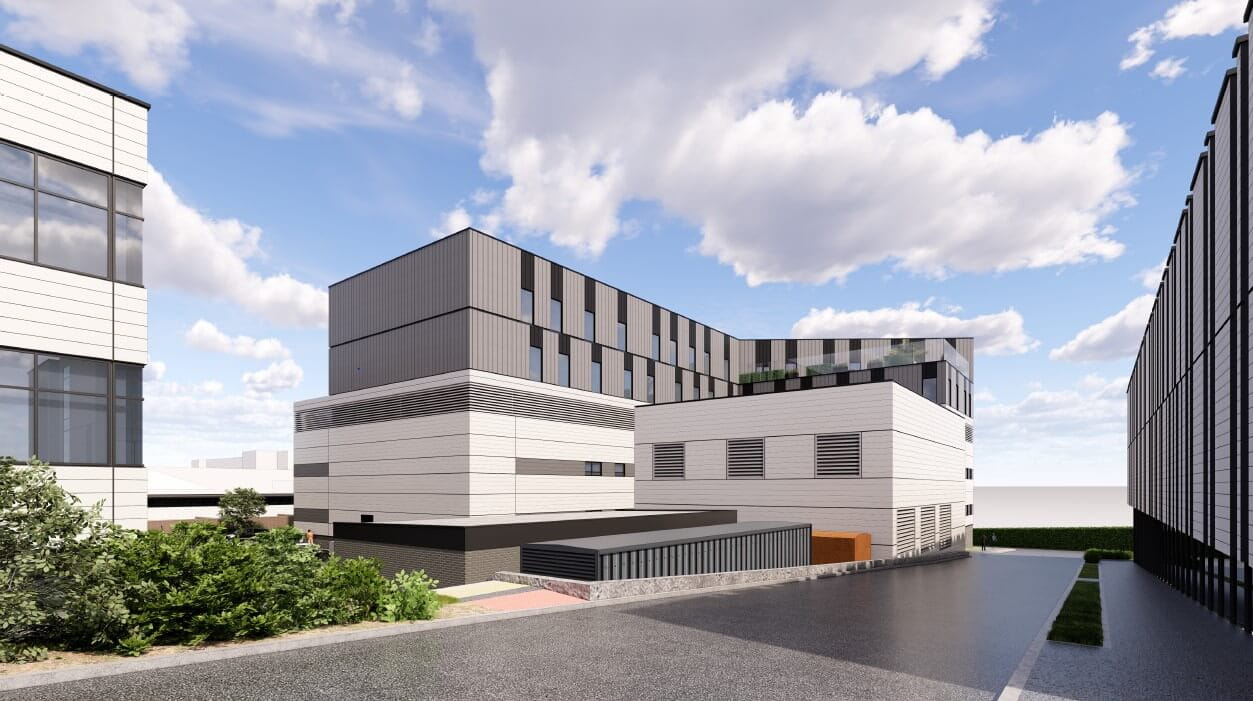
New Modular Theatre Building, John Radcliffe Hospital
Carter Jonas was instructed in late 2022 to prepare a full planning application for the erection of ...
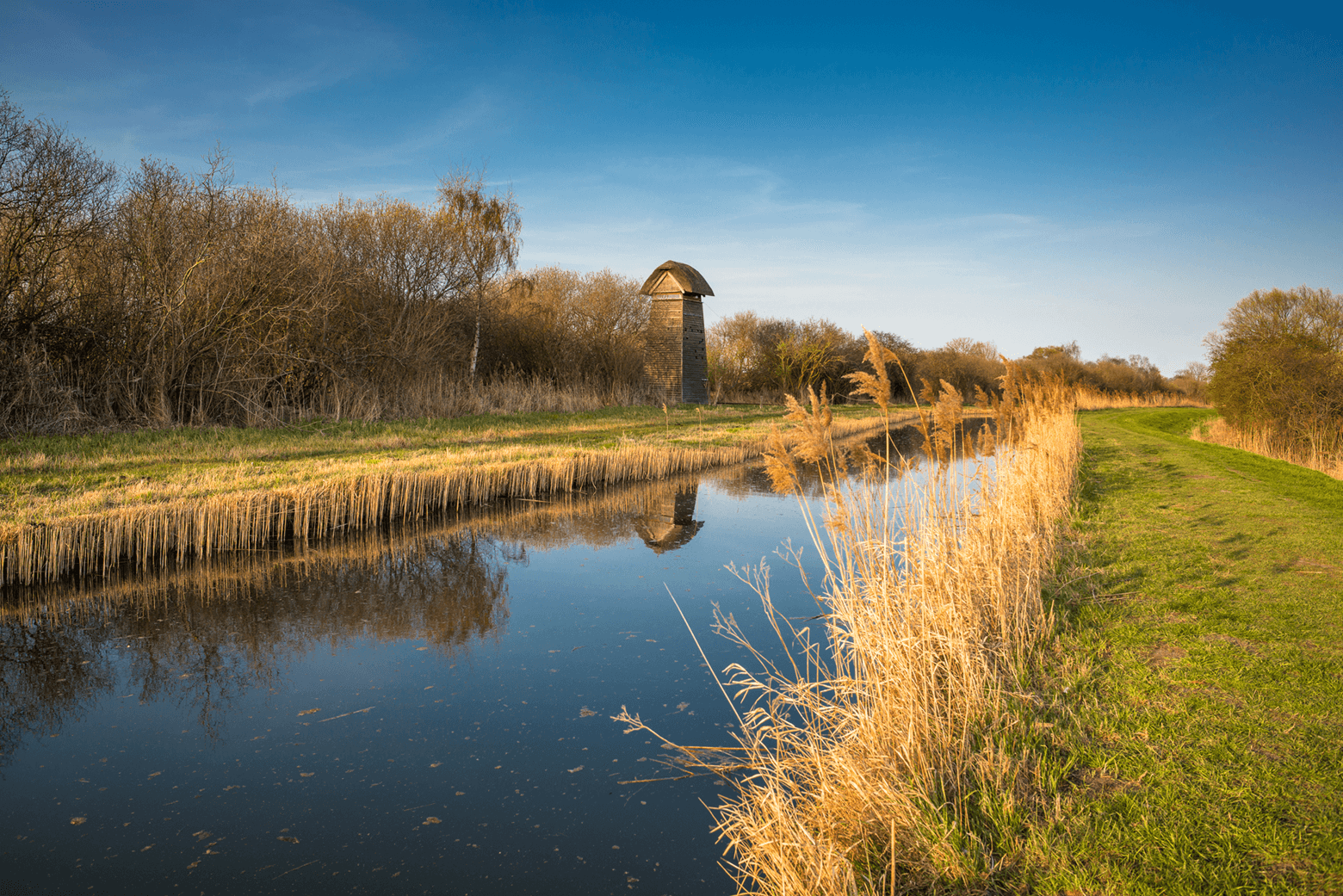
Stuntney
Working on behalf of our client, Cole Ambrose Ltd., our Planning & Development team, based in the ea...

Manor Oak Homes
Carter Jonas have achieved consent for a residential development of 680 homes including a new neighb...

Land at Gipsy Lane
The Gipsy Lane site presents an opportunity to provide high quality new homes and supporting facilit...

24 dwellings and public open space
Our professionals secured a resolution to grant outline planning consent for up to 24 dwellings and ...

Brookfield Riverside
Outline planning permission for Brookfield Riverside, a major mixed use town centre, retail, leisure...

Knights Hill, King’s Lynn
The Carter Jonas planning team were delighted to achieve consent for reserved matters for 574dwellin...

Approval for integrated retirement community and affordable housing
Appeal Success for Integrated Retirement Community (IRC) in the Cambridge Green Belt on behalf of Ax...

Former county council site
On behalf of This Land (the property company owned by Cambridgeshire County Council), our profession...
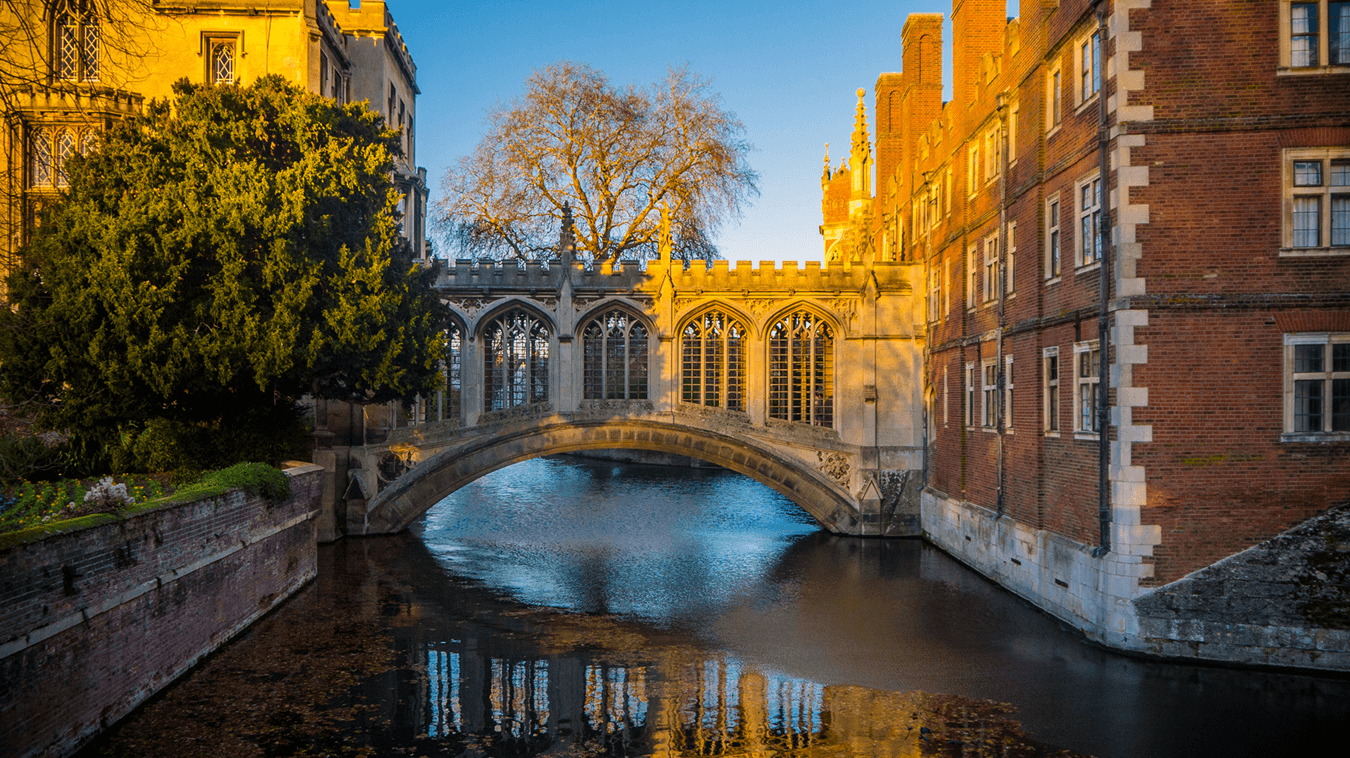
The Meadows Community Centre and St Alban's Recreation Ground
Our planning consultants successfully secured a resolution to approve two planning applications whic...

Land at Hills Avenue and Baldock Way
On behalf of the charity, It Takes a City, Carter Jonas managed and submitted an application for fou...

Threesixty Developments
Threesixty Developments called on Carter Jonas’s expertise following the refusal of a planning appli...

Planning Permission secured on appeal for retirement village in the Cambridge Green Belt
Acting on behalf of Axis Land Partnerships Ltd, the Carter Jonas Eastern Planning Team has secured o...

Waterbeach New Town
Waterbeach New Town is a proposal for an exemplar new settlement located north of Cambridge on land ...

Carter Jonas achieves planning consent for Barratt and David Wilson homes in Cambridge
National property consultancy Carter Jonas has secured planning consent on behalf of Barratt and Dav...

Buchan Street Local Centre
Our planning consultants successfully secured a resolution to approve a planning application for the...

West Tey
On behalf of L&Q, as well as strategic promoters Cirrus Land and landowner consortium G120, Carter J...

New Sports Centre, Oundle School
Oundle School is the third largest independent co-educational day and boarding school in England. Ca...

Land at Green Lane West, Rackheath
Carter Jonas were appointed by Taylor Wimpey Strategic Land to advise on the prospects of securing o...

Cambridge Growing Life Centre
Carter Jonas’s Cambridge Planning Team assisted Granta Park Estates in securing planning permission ...

Carter Jonas has successfully promoted land at Knights Hill
Our Eastern team, based in Cambridge, has successfully promoted land at Knights Hill.

The Spicers Site, Sawston
Carter Jonas have obtained approval for a flagship development of 50,000 square metres of Research &...

ARM Holdings Campus Expansion
Carter Jonas’ Cambridge Planning team helped secure detailed planning permission for 20,677sqm GEA o...
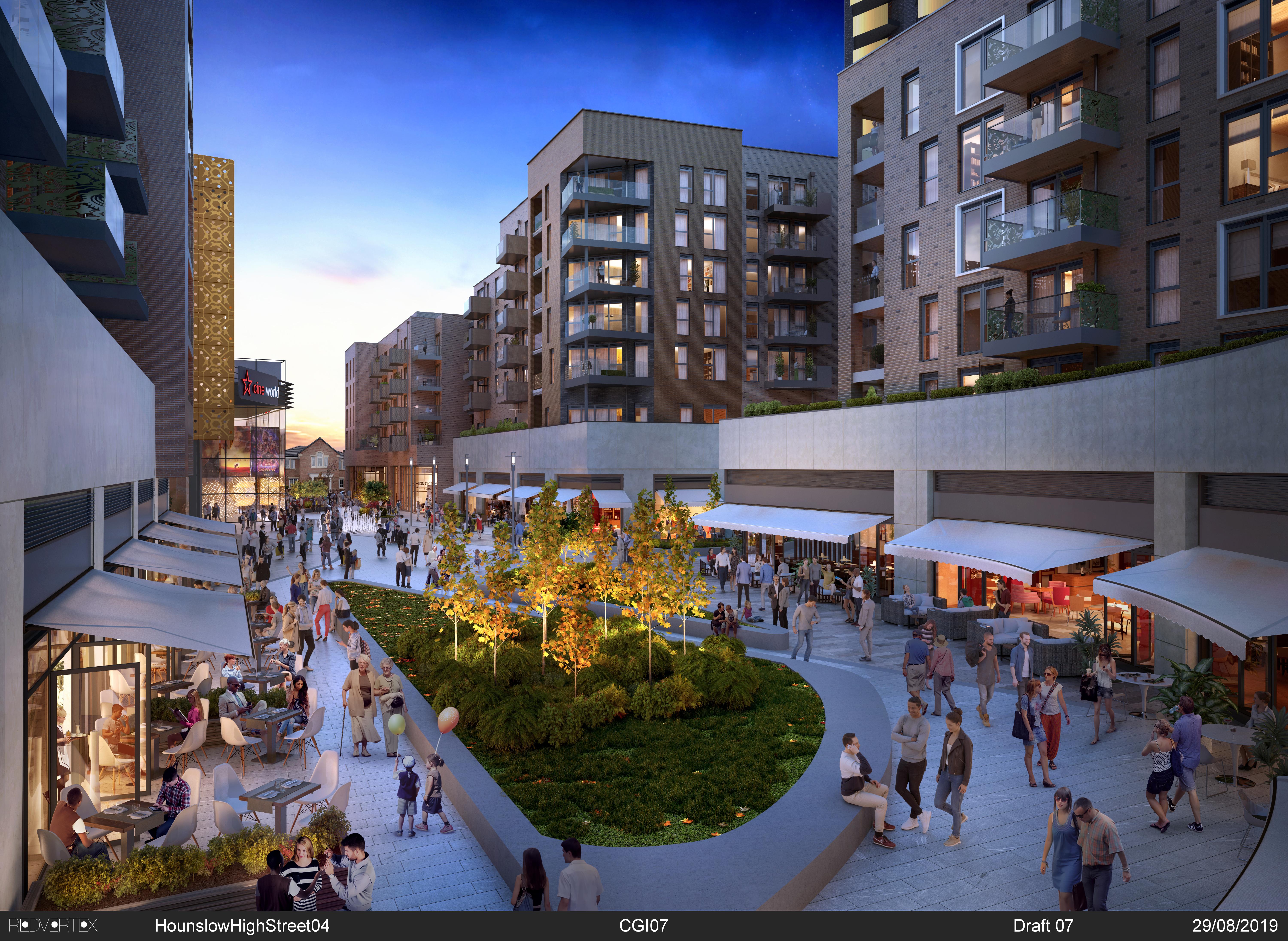
Hounslow High Street Quarter
Carter Jonas is advising Barratt London on the redevelopment of a prominent town centre site, north ...

Mixed-use
Carter Jonas’ Eastern Region Planning and Development Team secured resolution to grant outline plann...
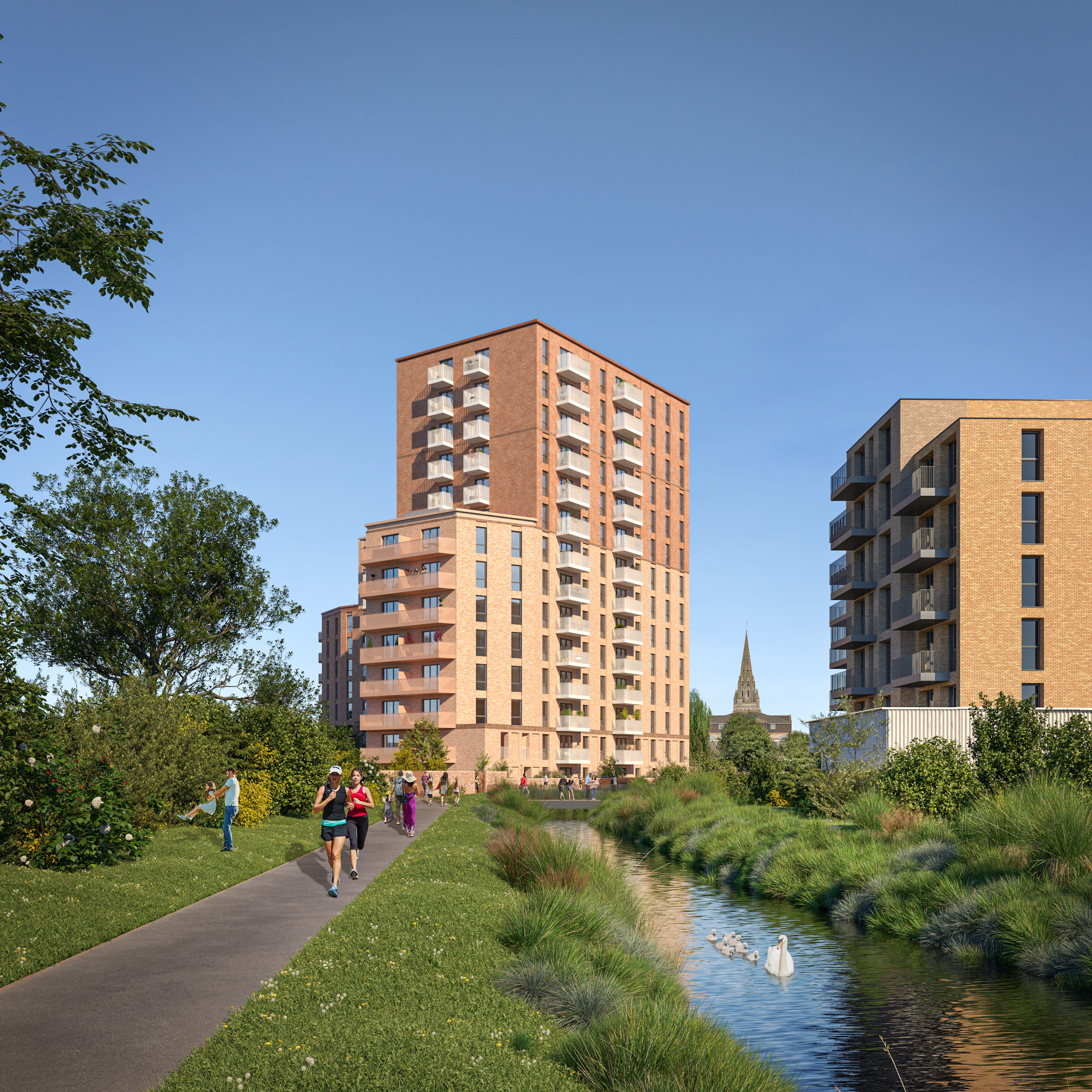
London Borough of Hounslow
Carter Jonas is appointed to provide planning advice to Lampton Development 360 across their develop...
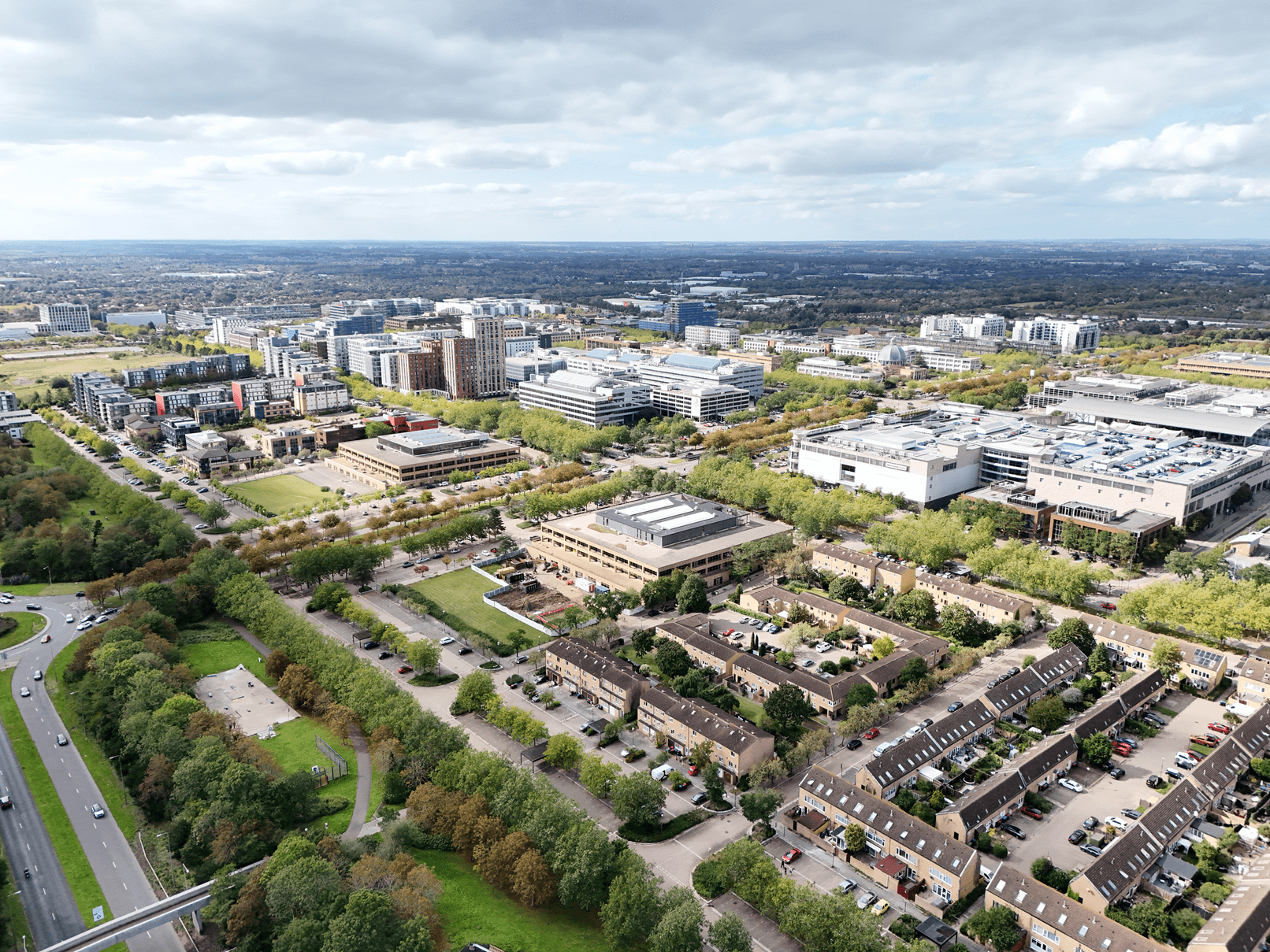
South West Milton Keynes
Carter Jonas has provided planning consultancy services in relation to SWMK since 2012. This has inc...

Brentford Community Stadium
We have been working with Brentford Football Club for a number of years to develop a strategy which ...
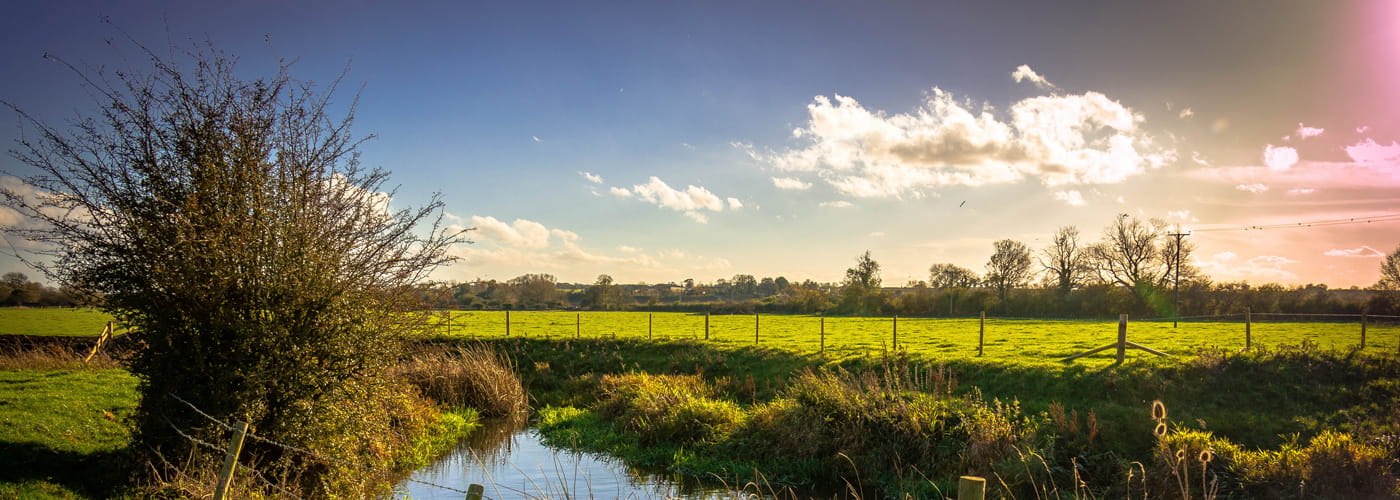
Urban Extension - South West Milton Keynes
Carter Jonas were instructed to advise on the sustainable Urban Extension of Milton Keynes in Aylesb...


